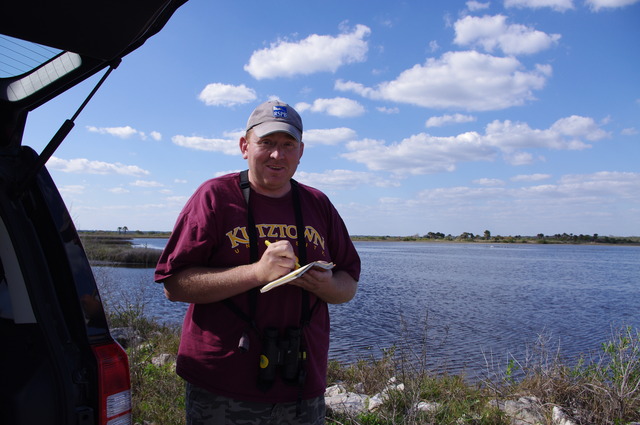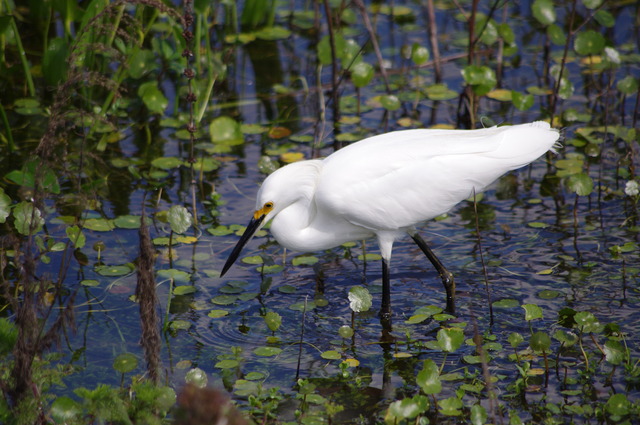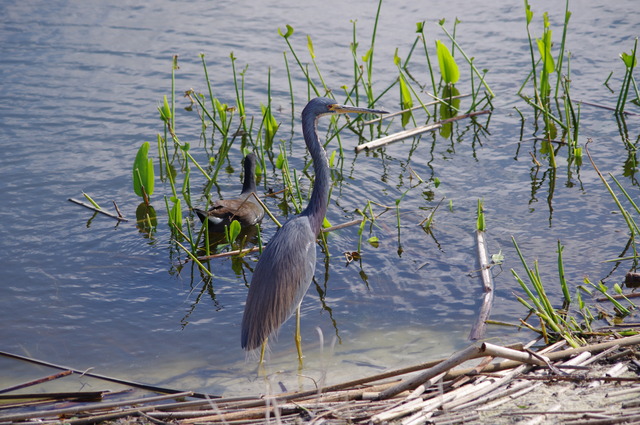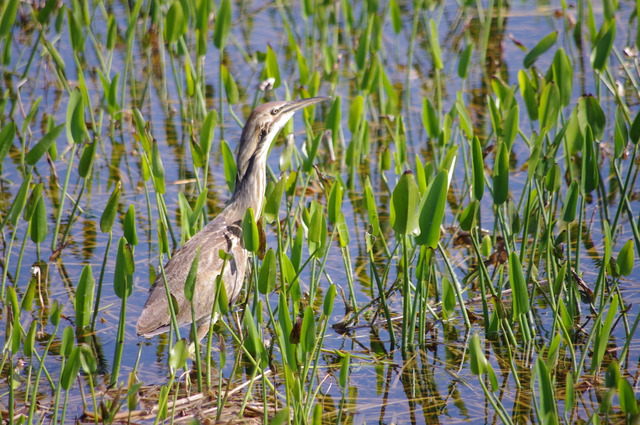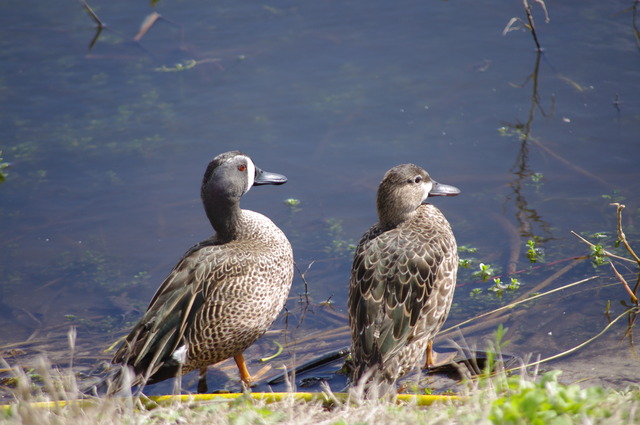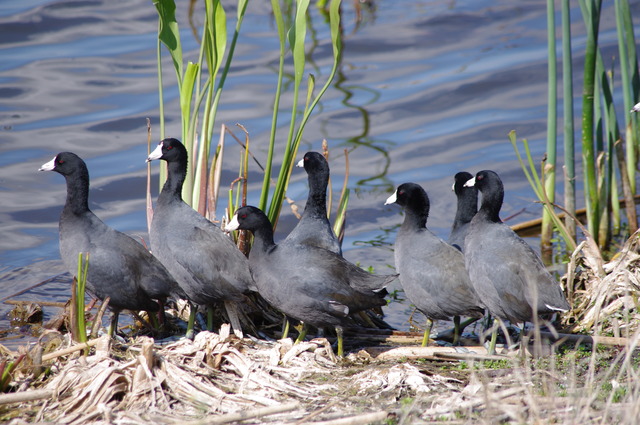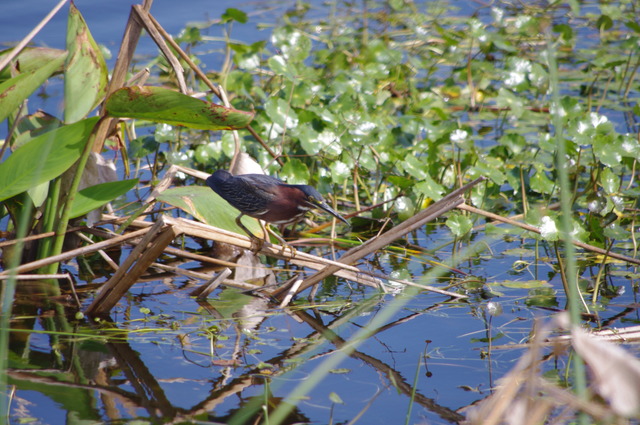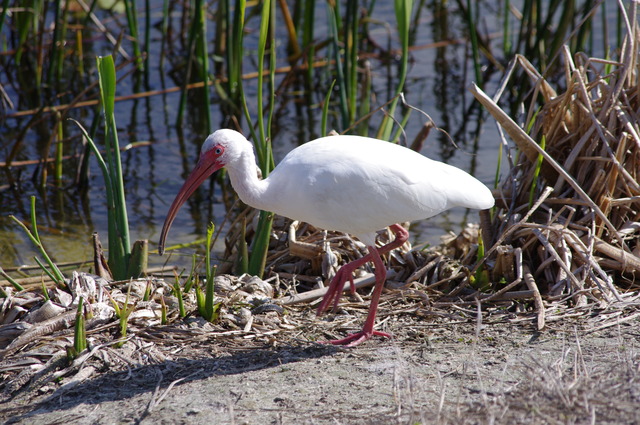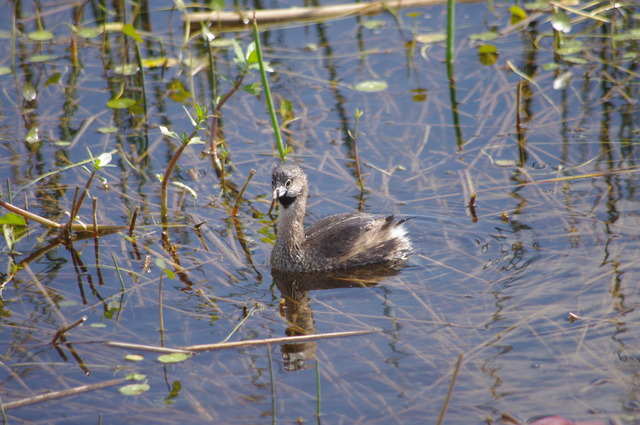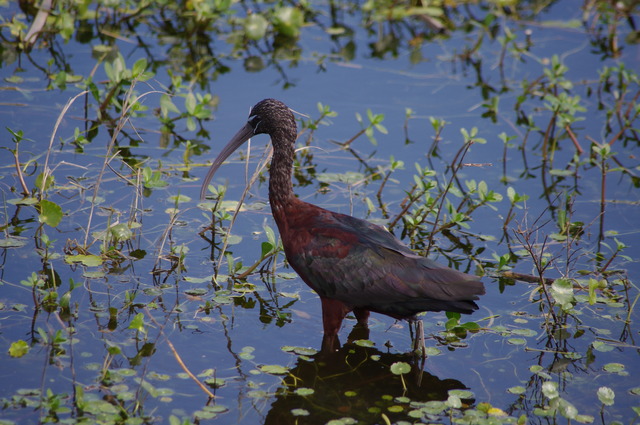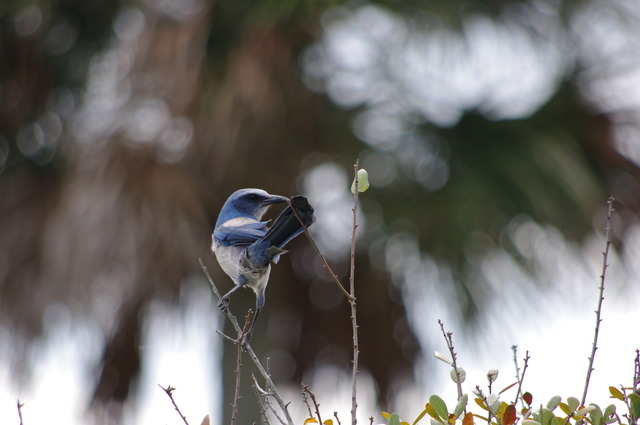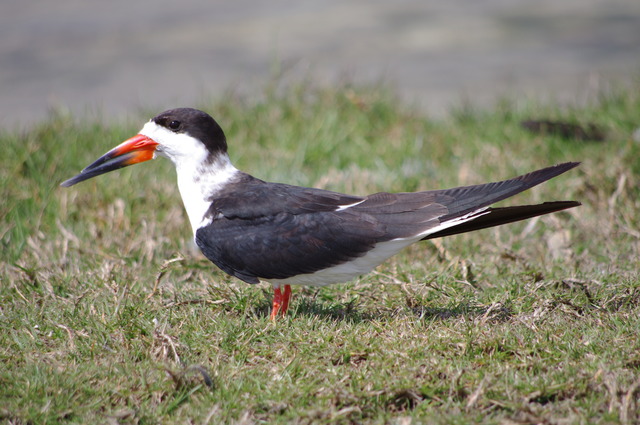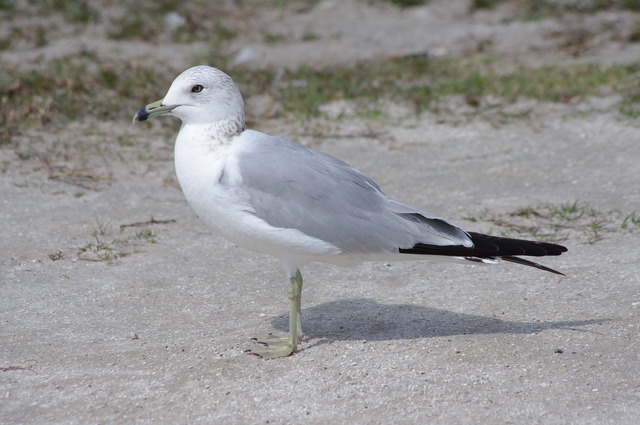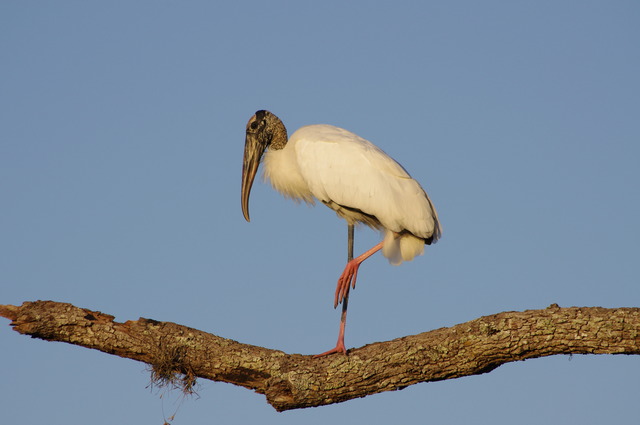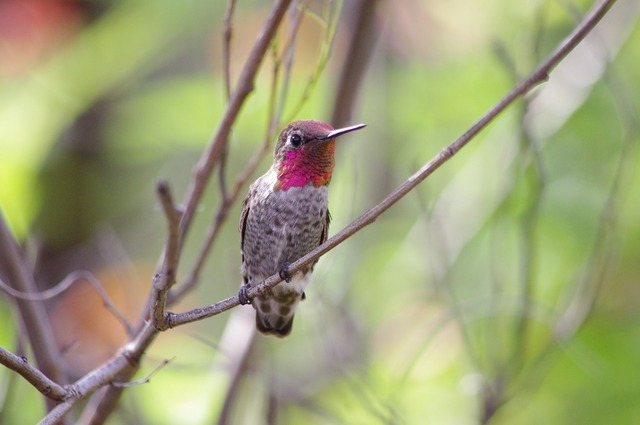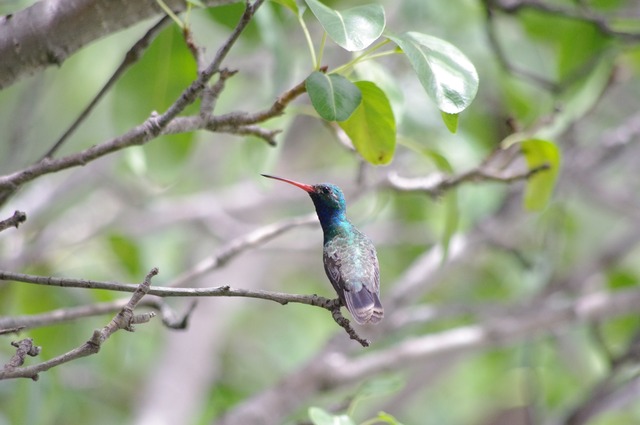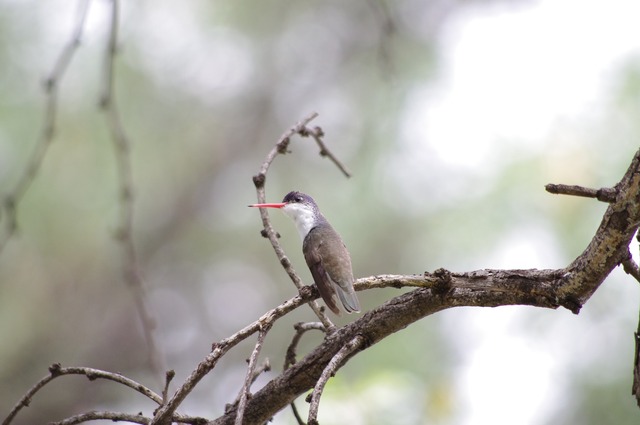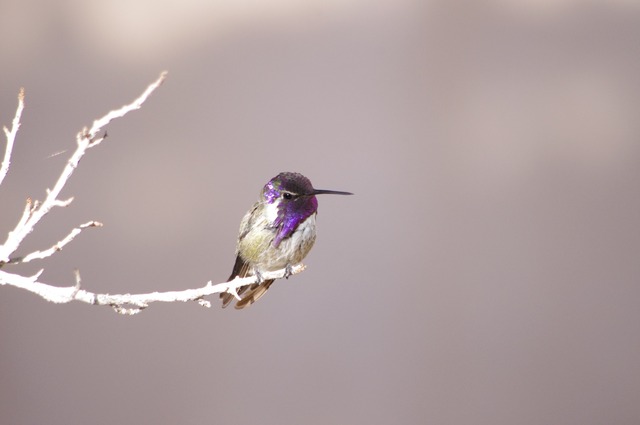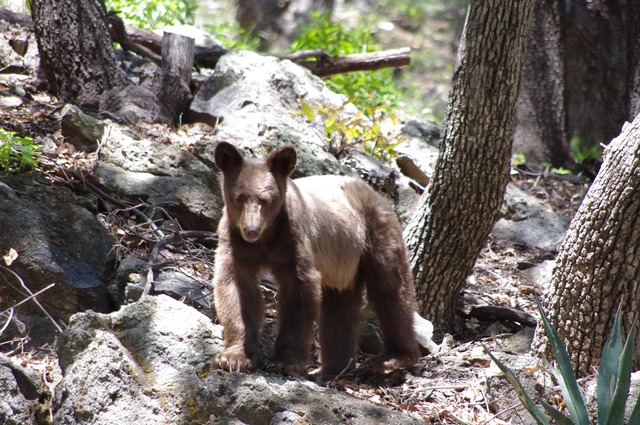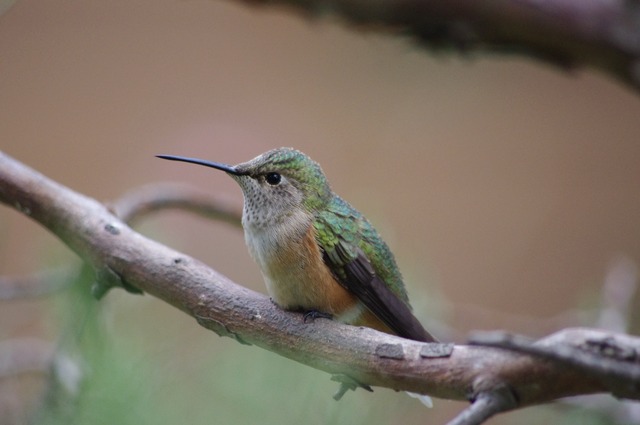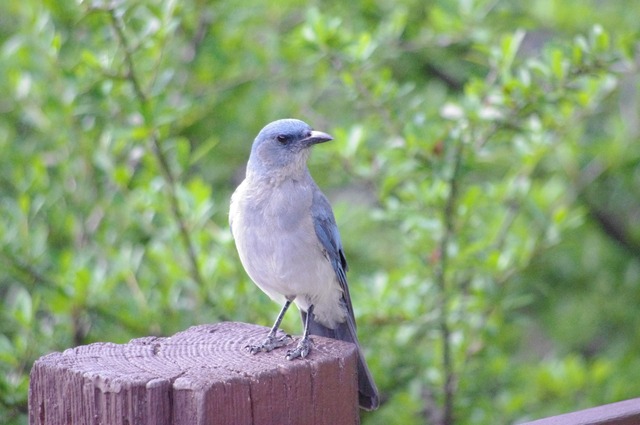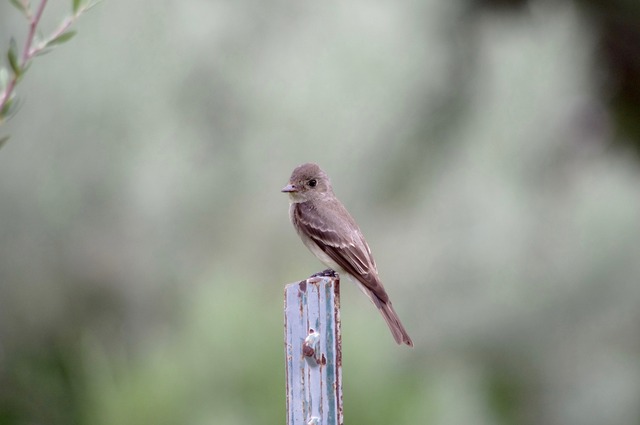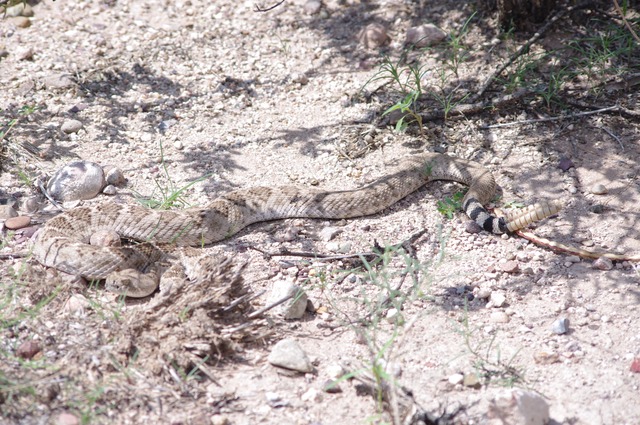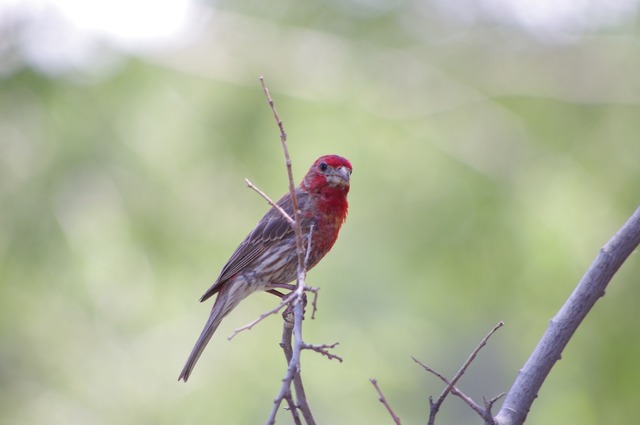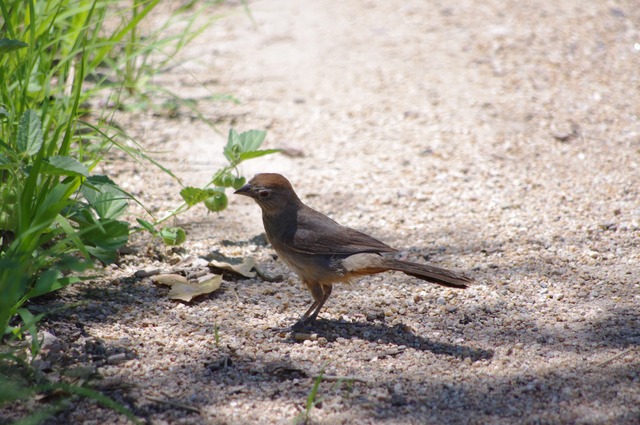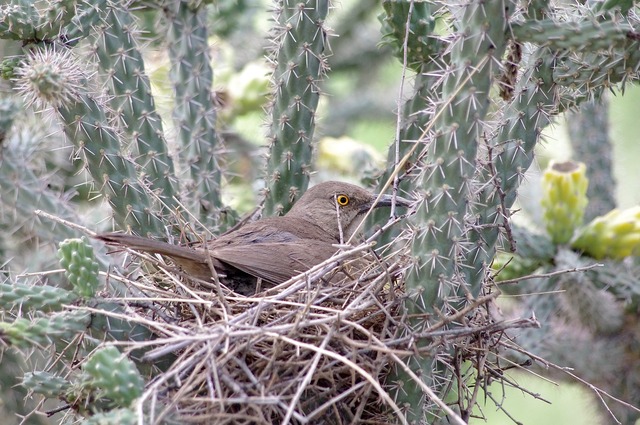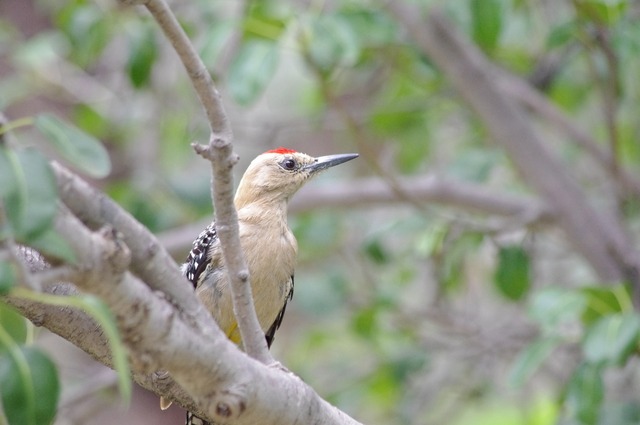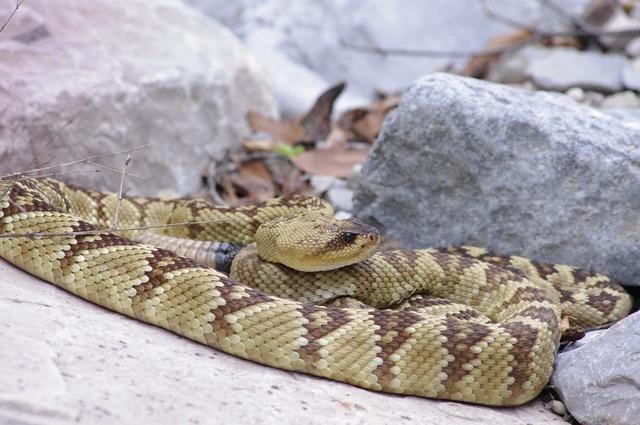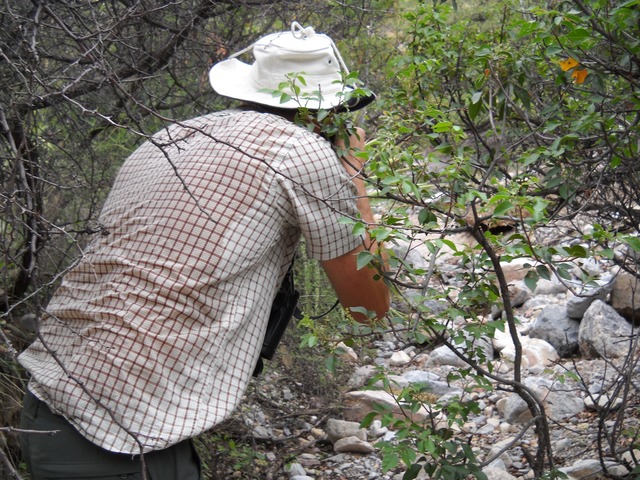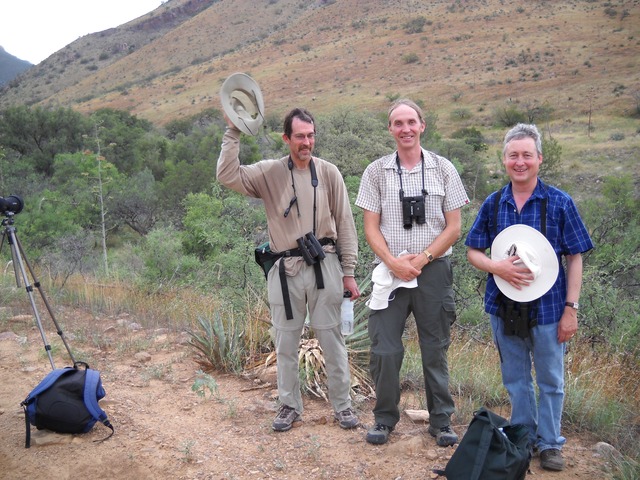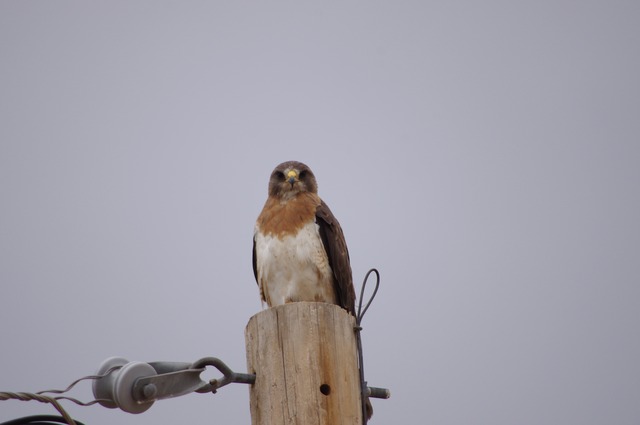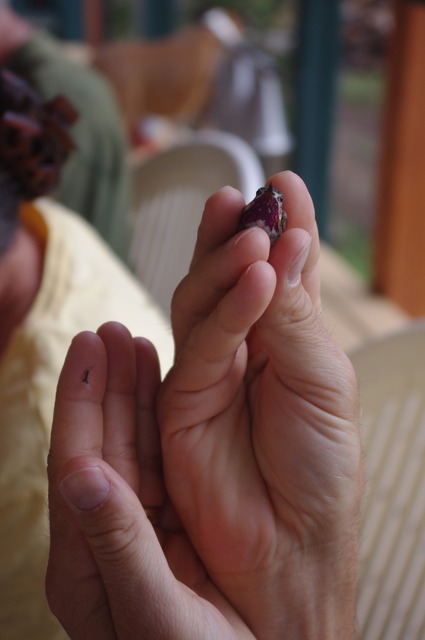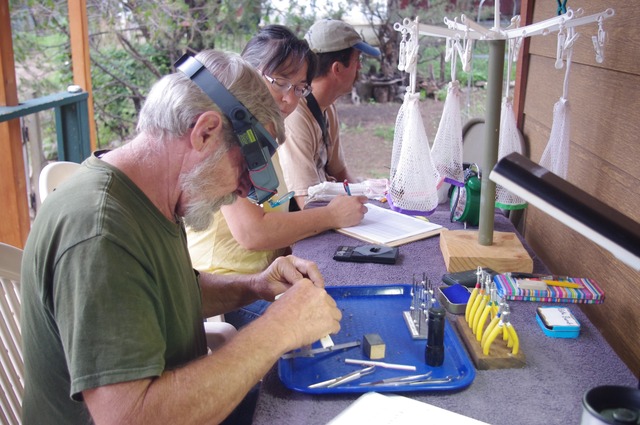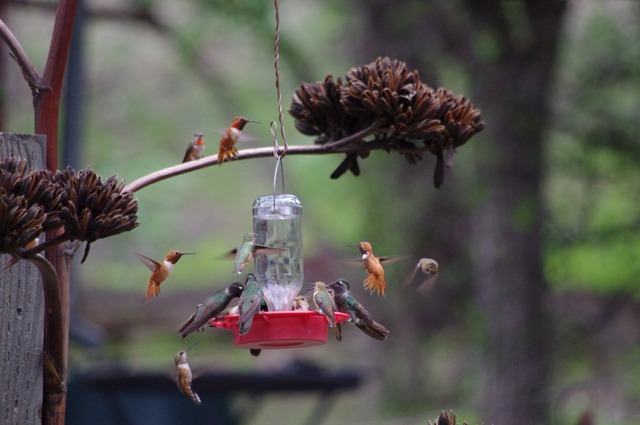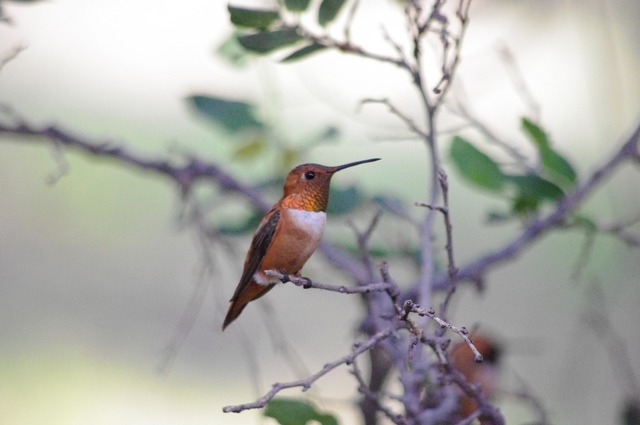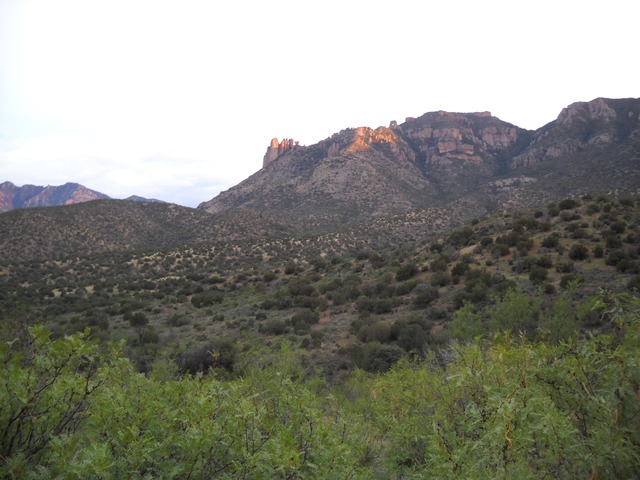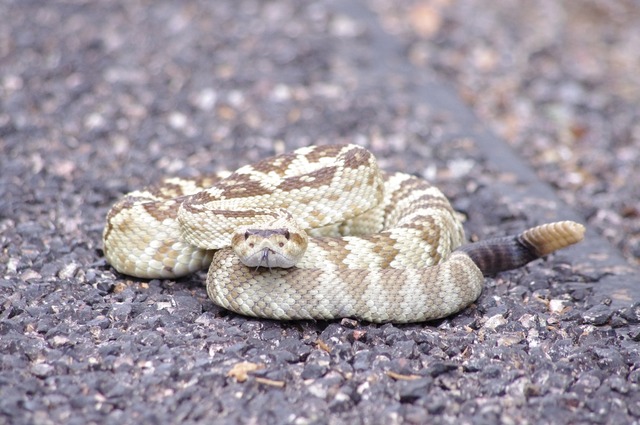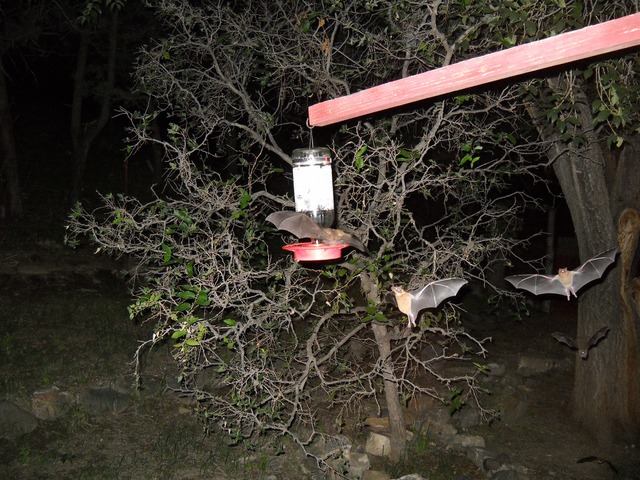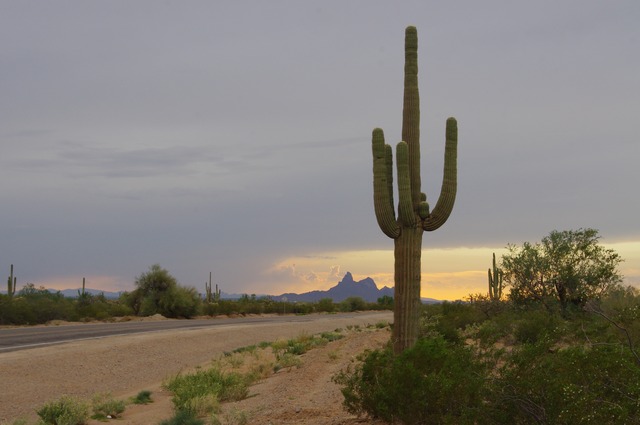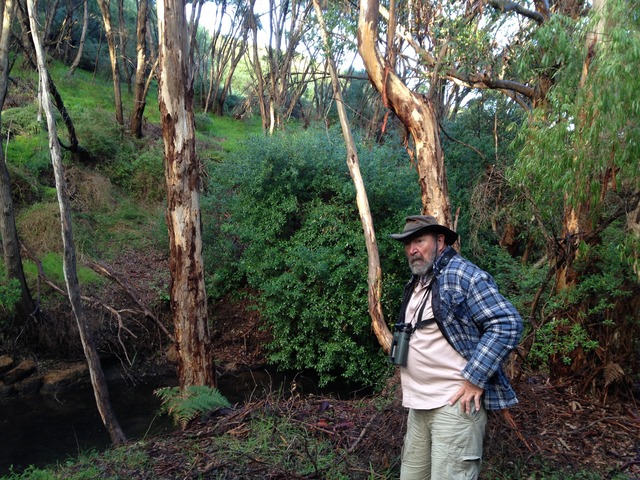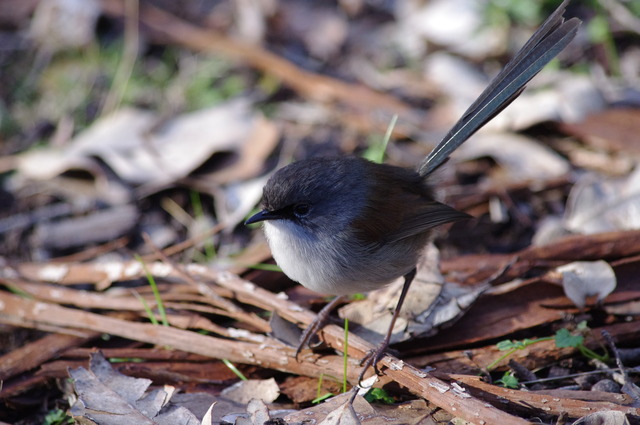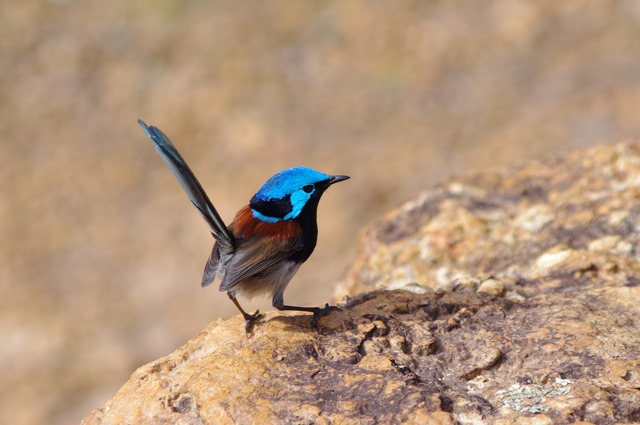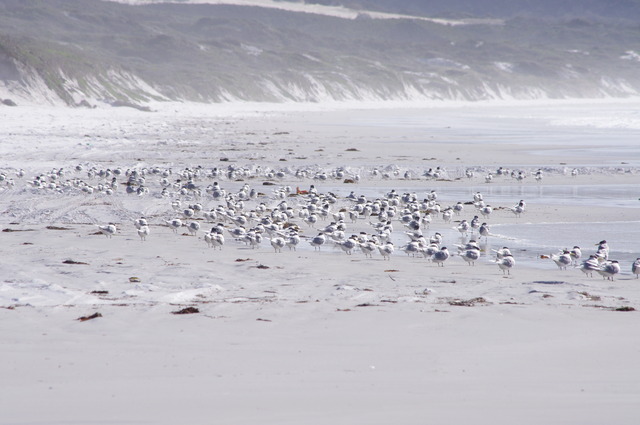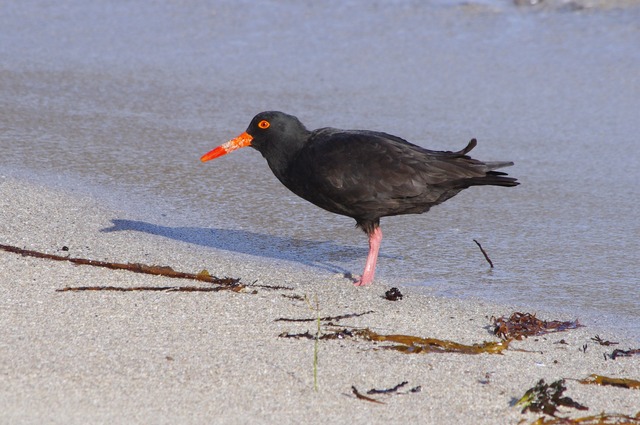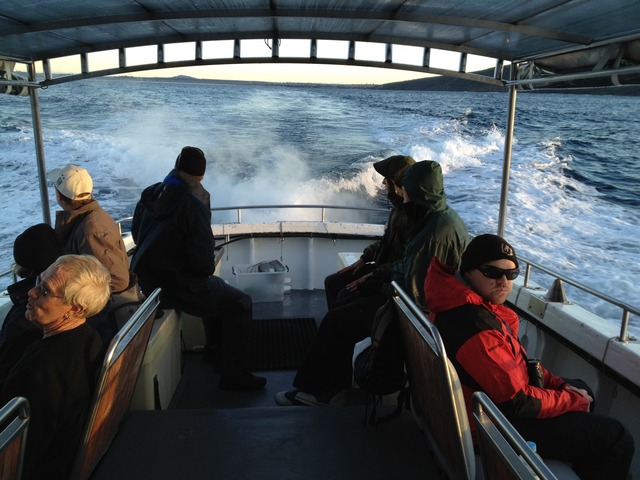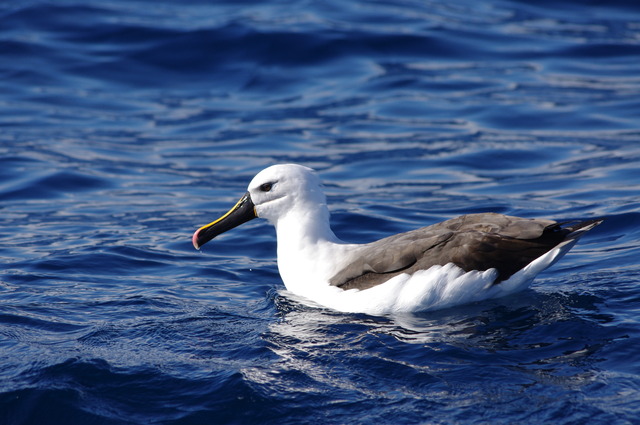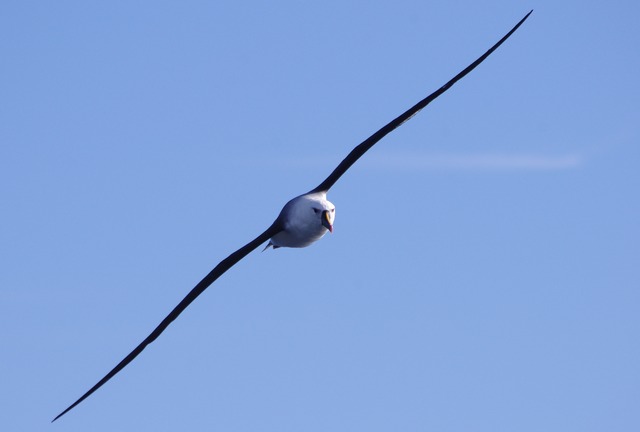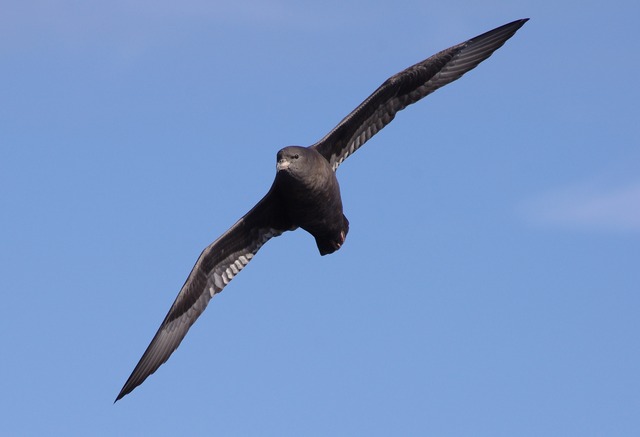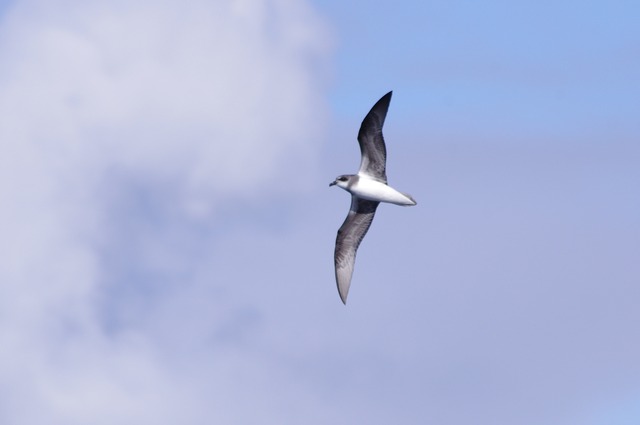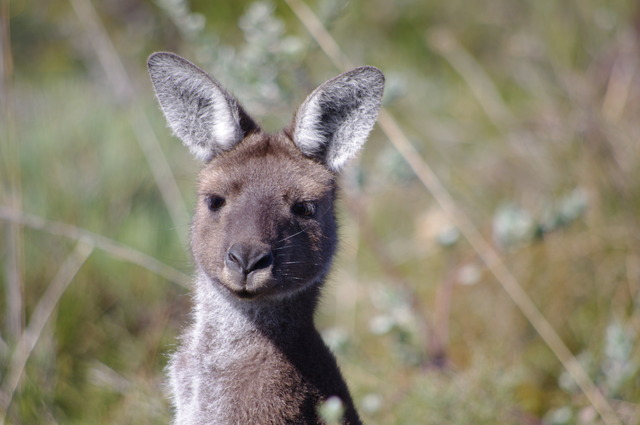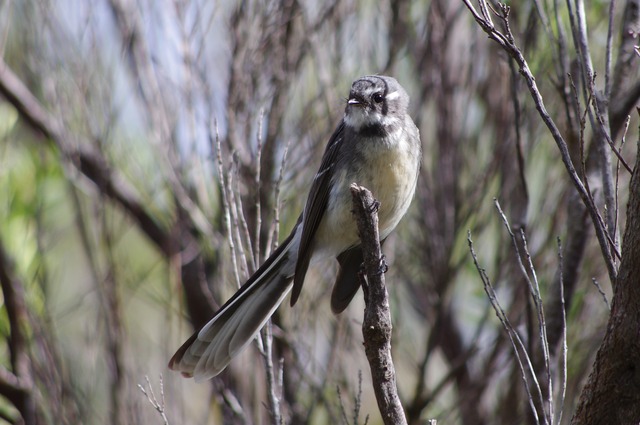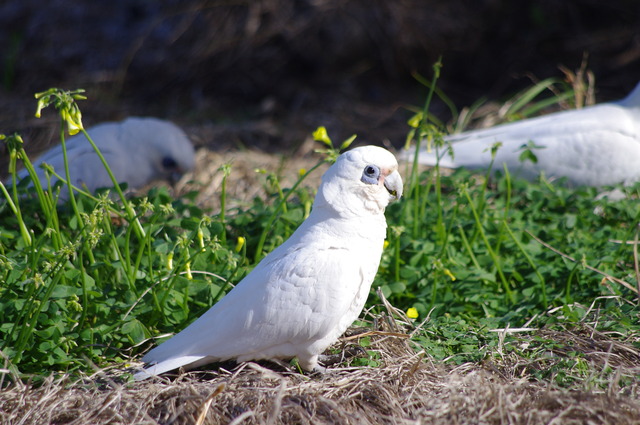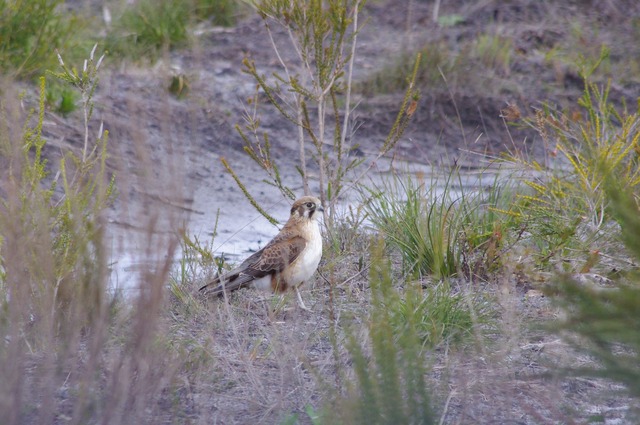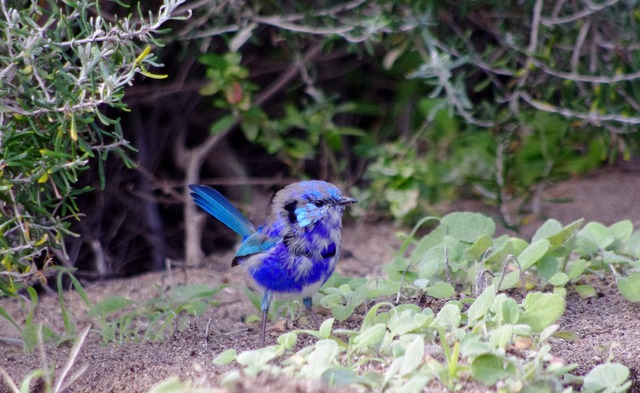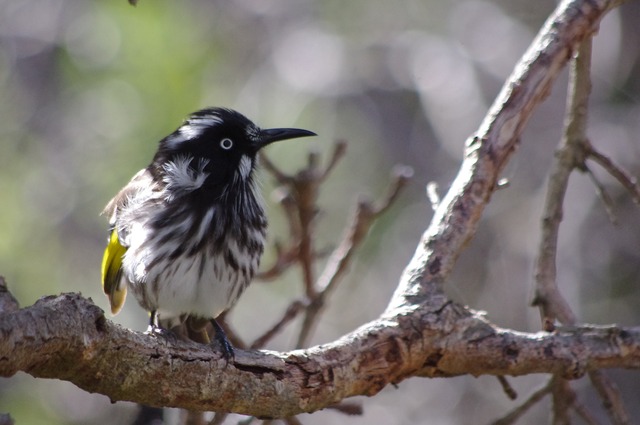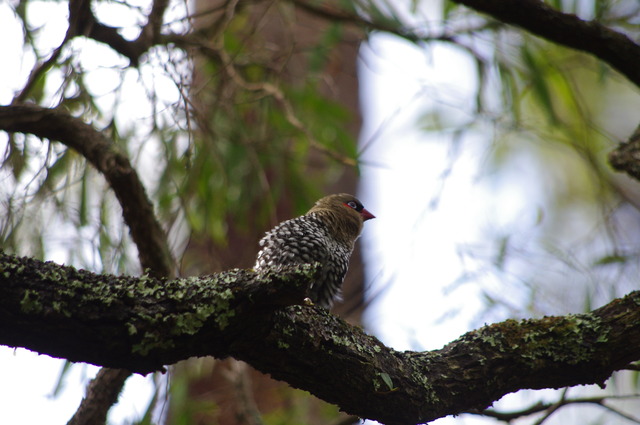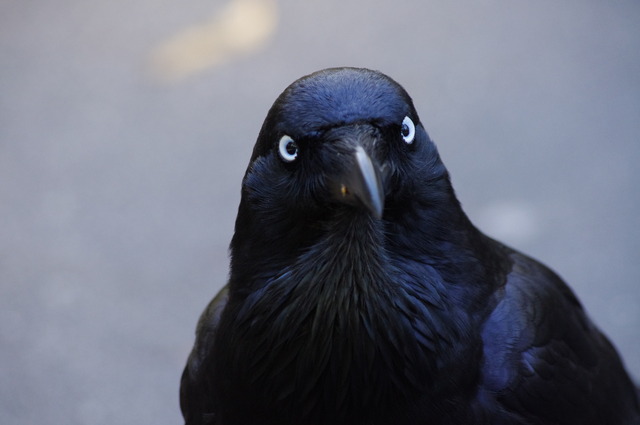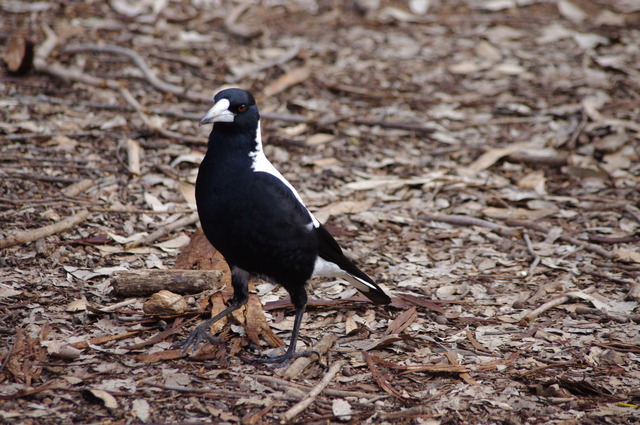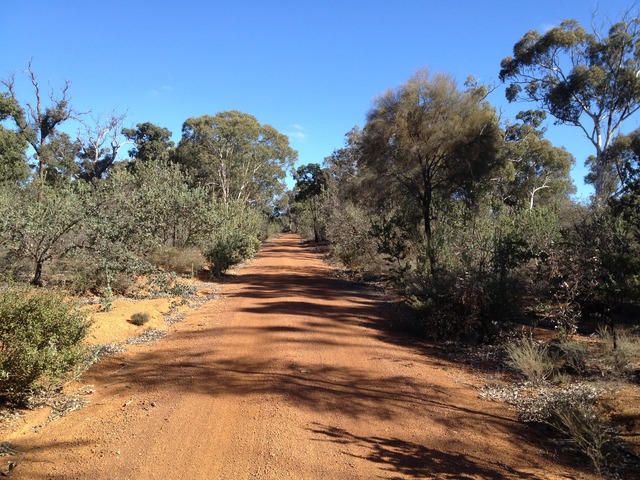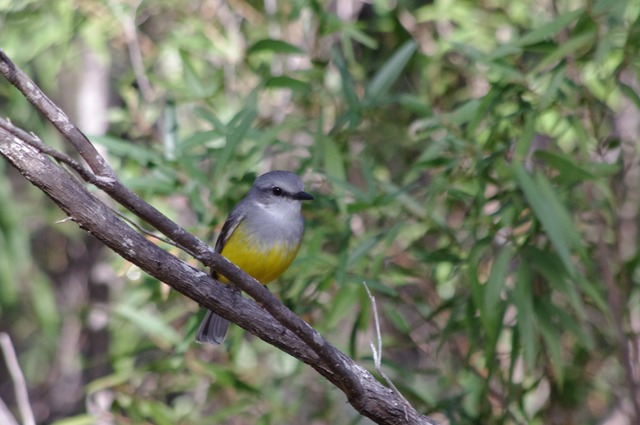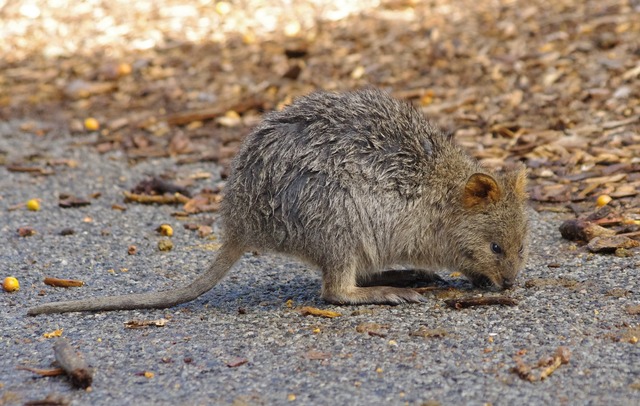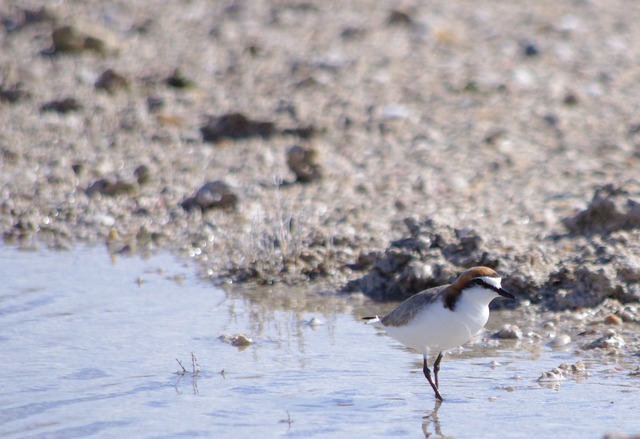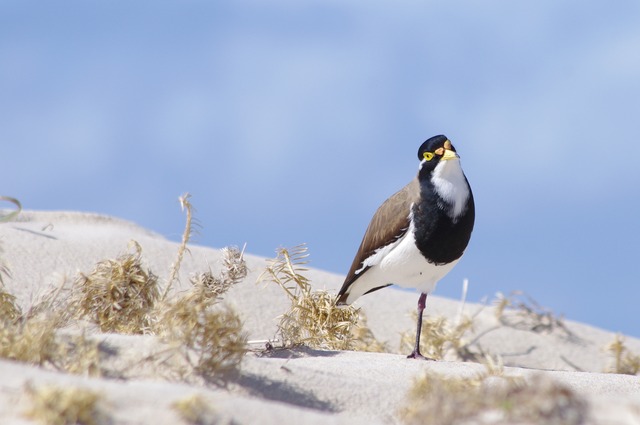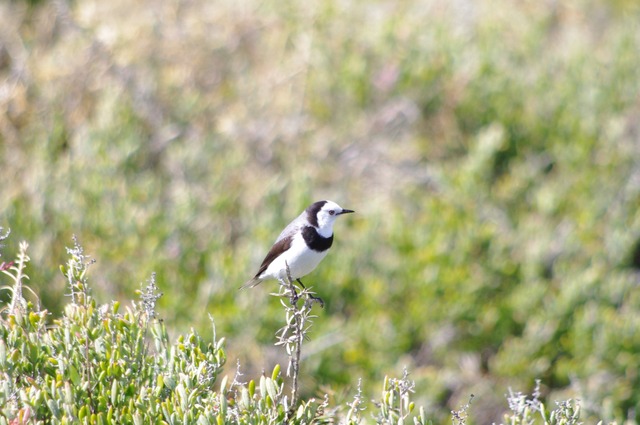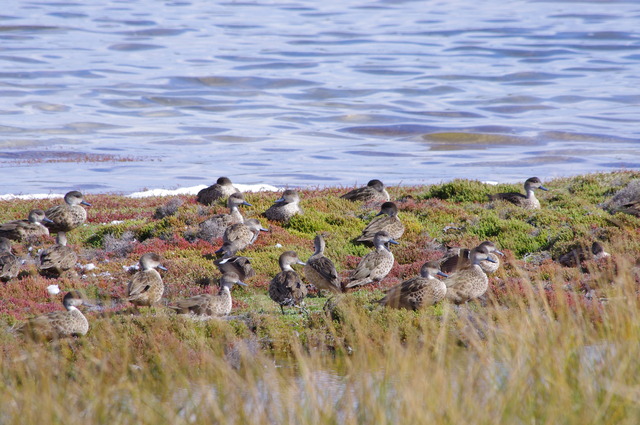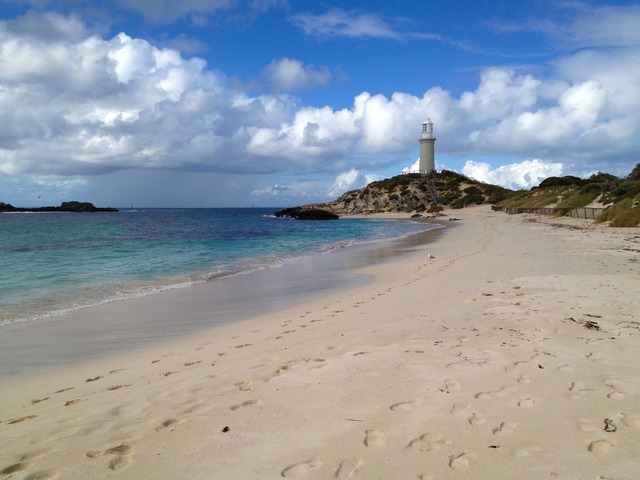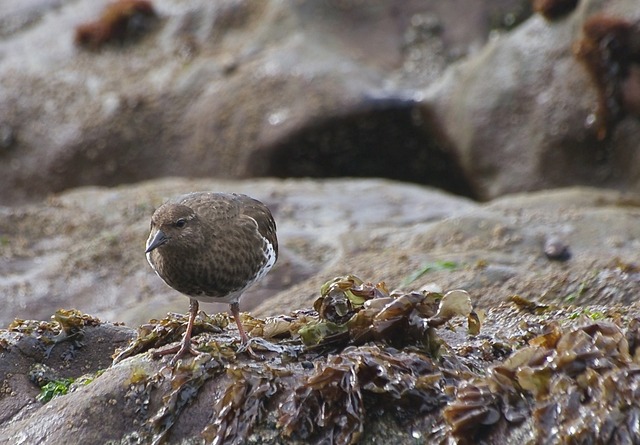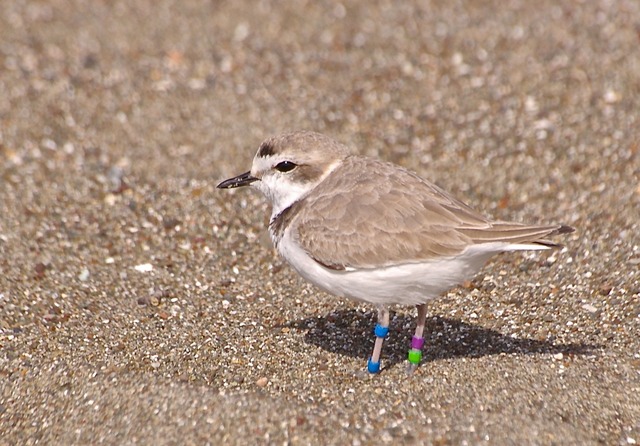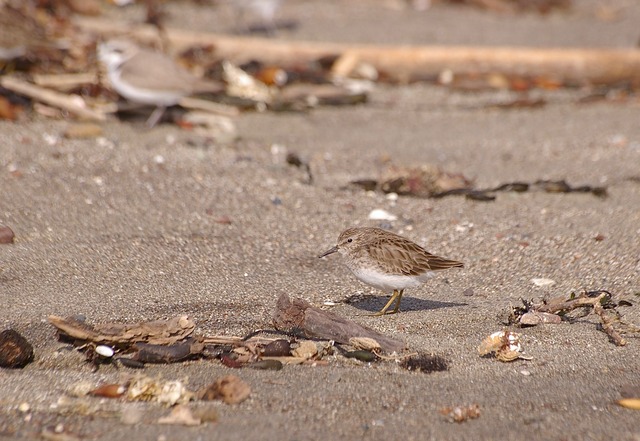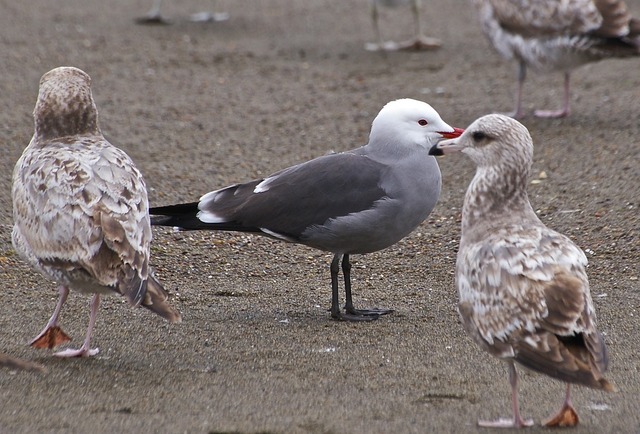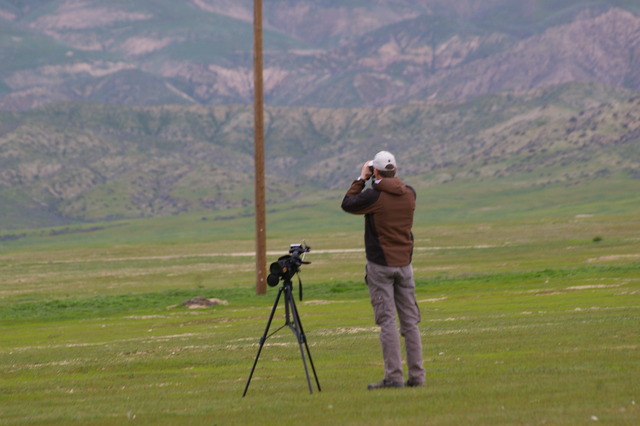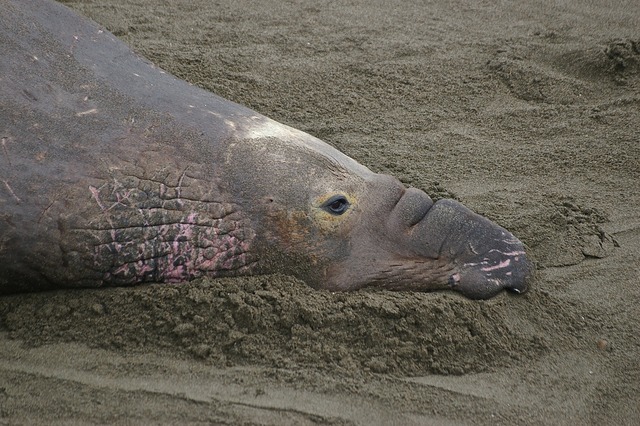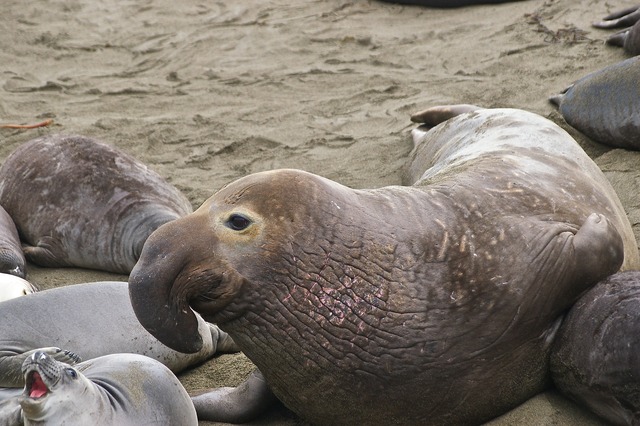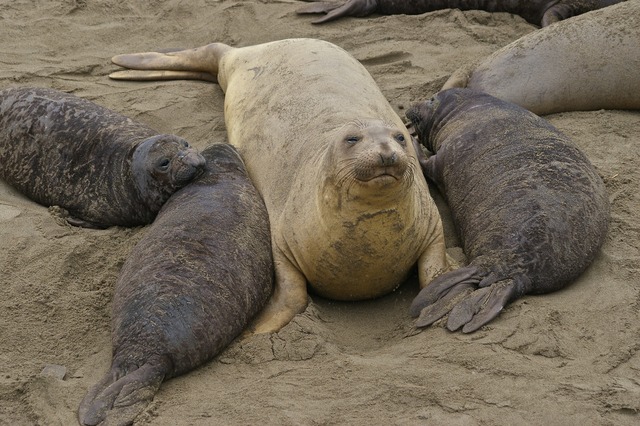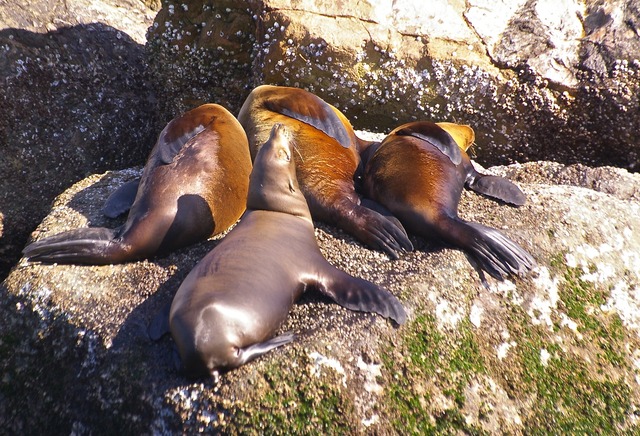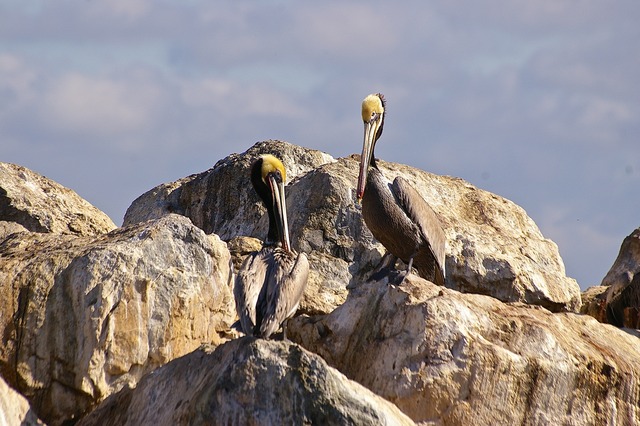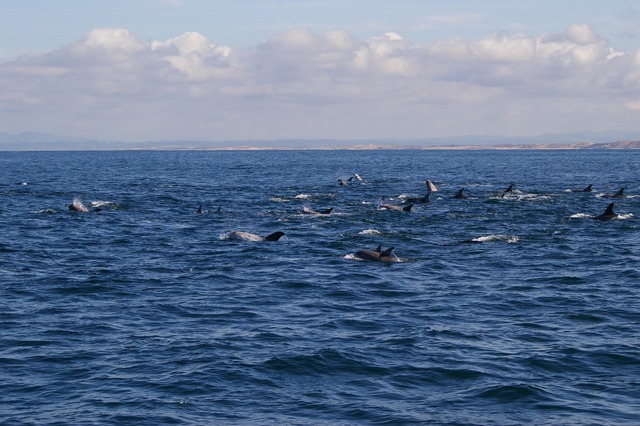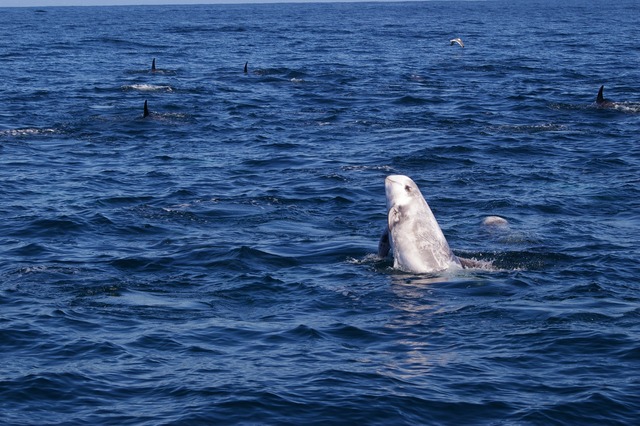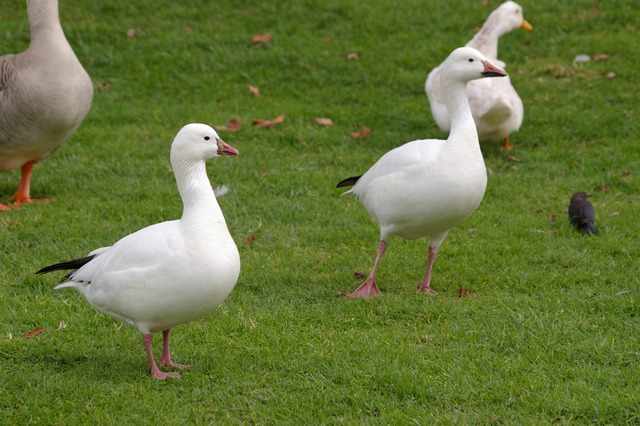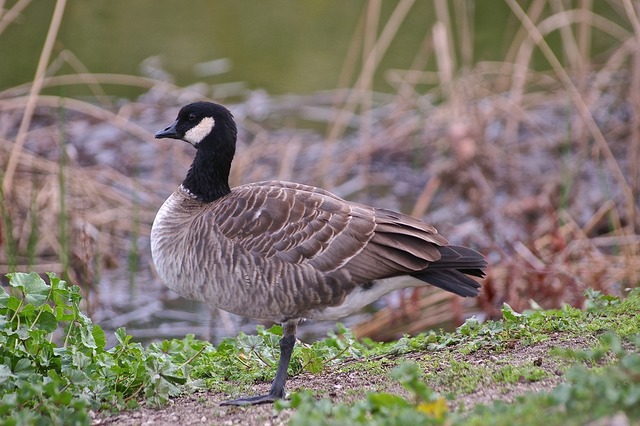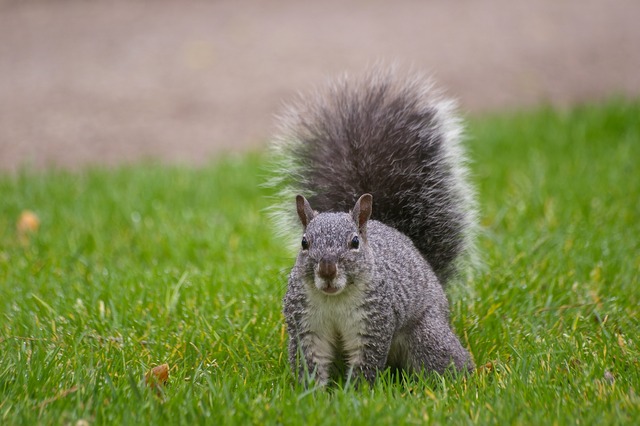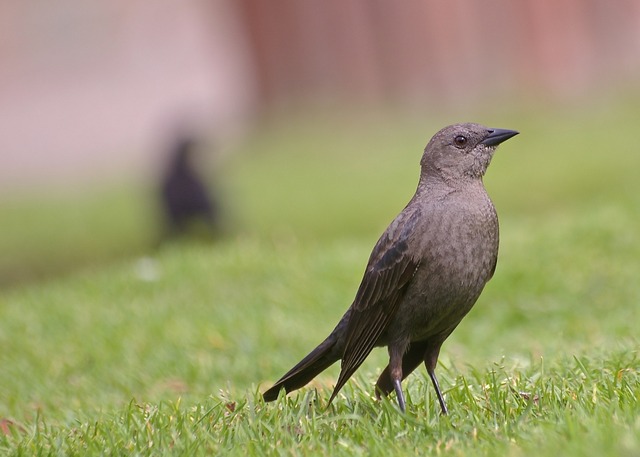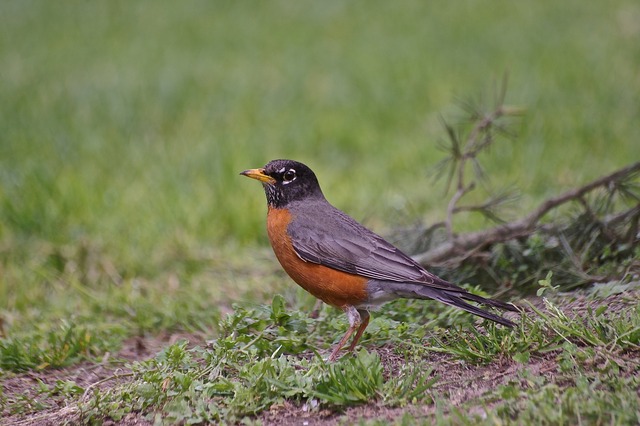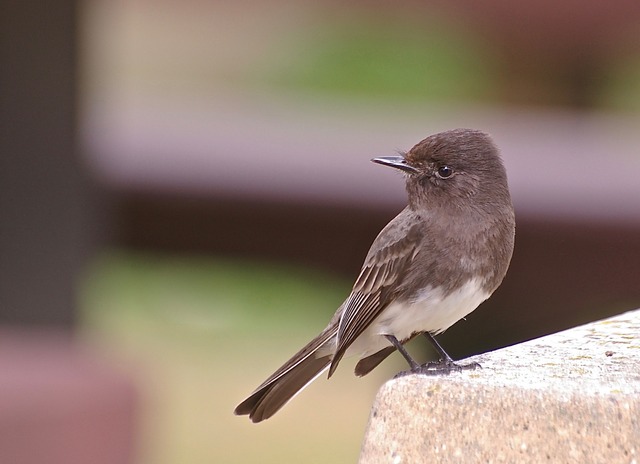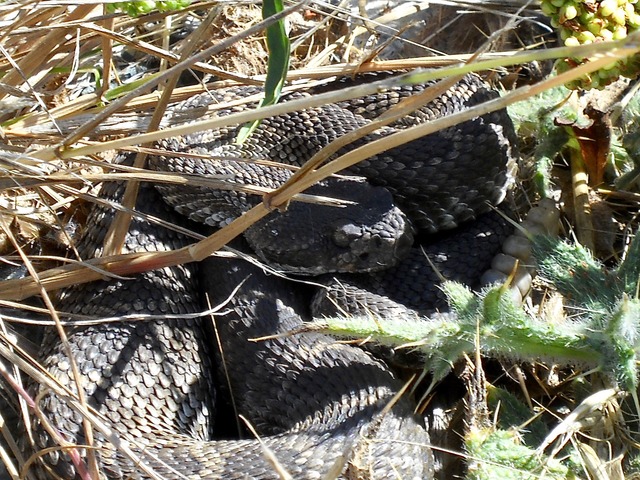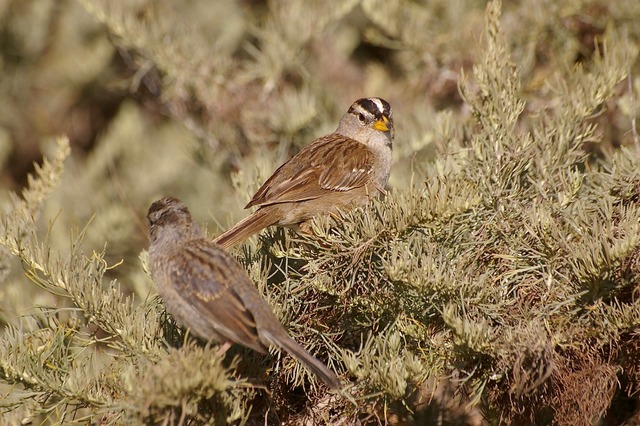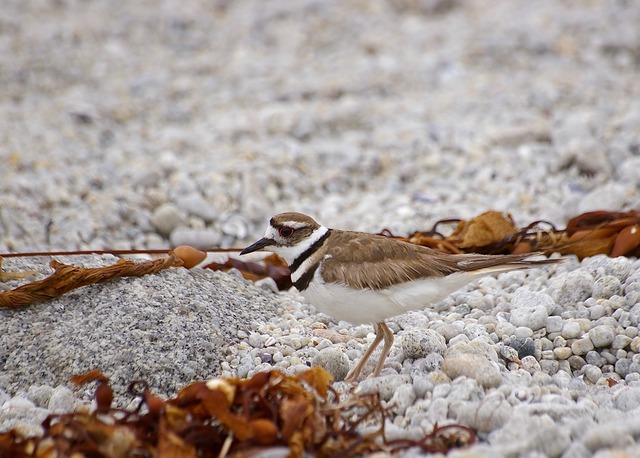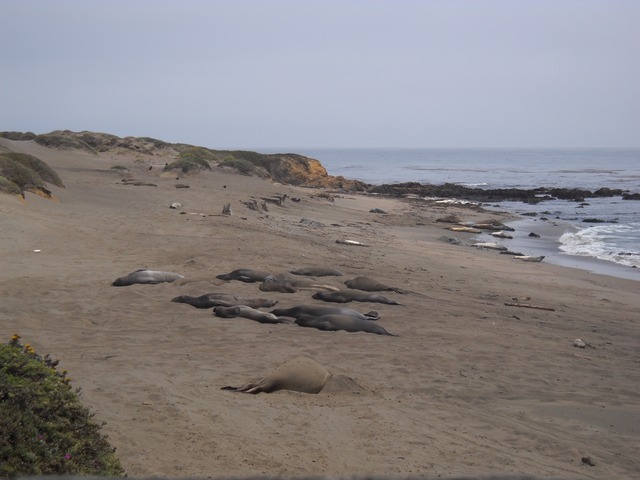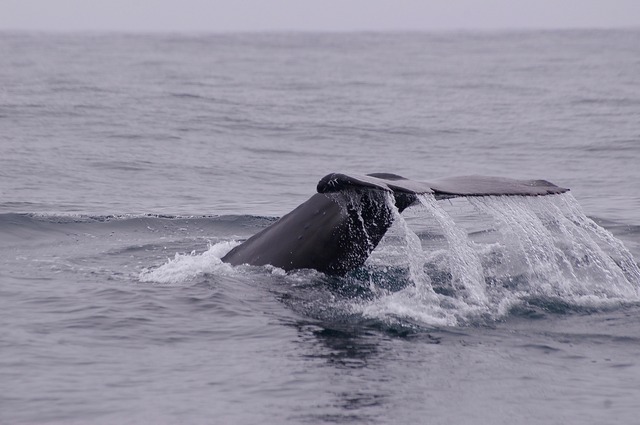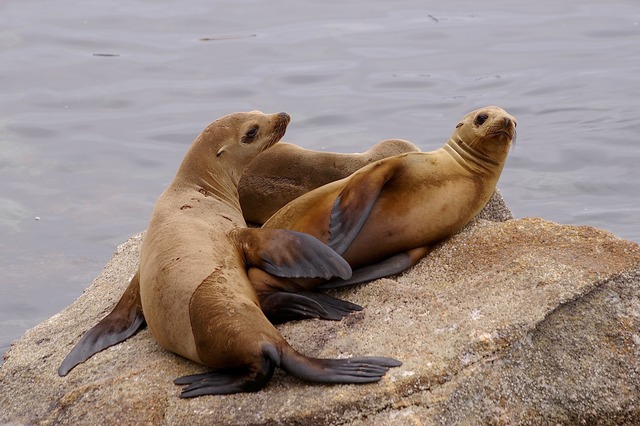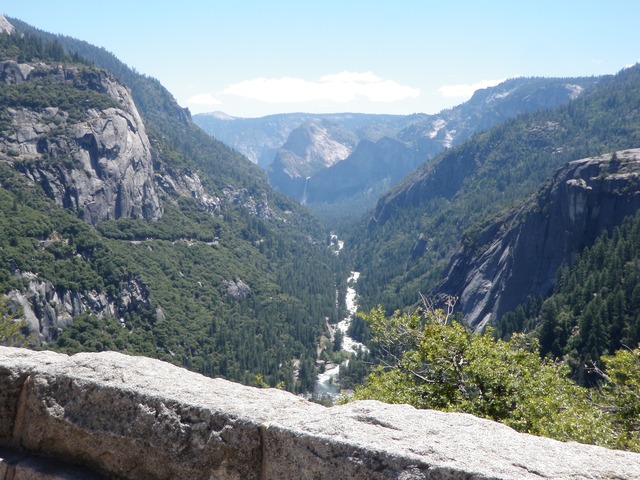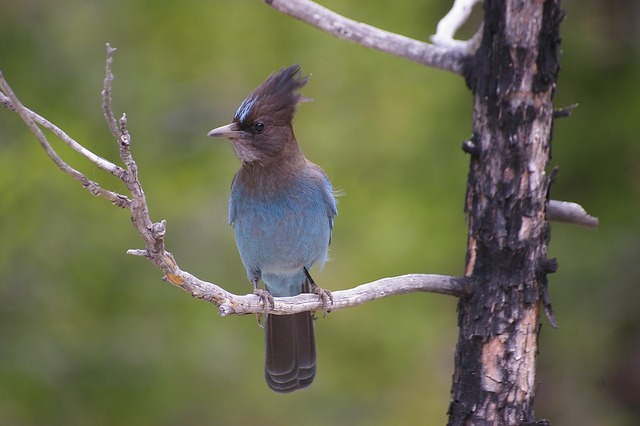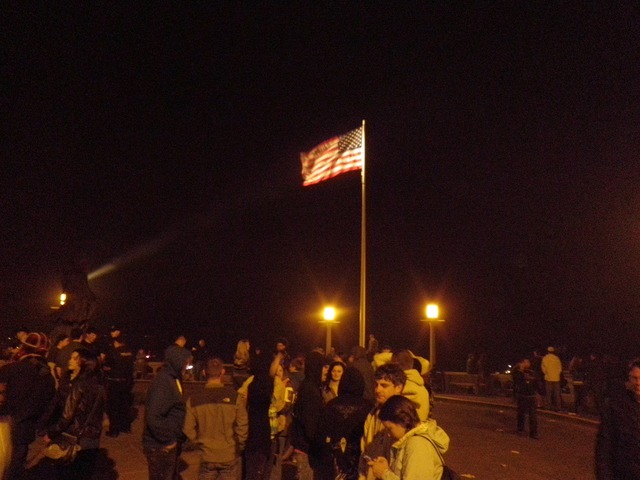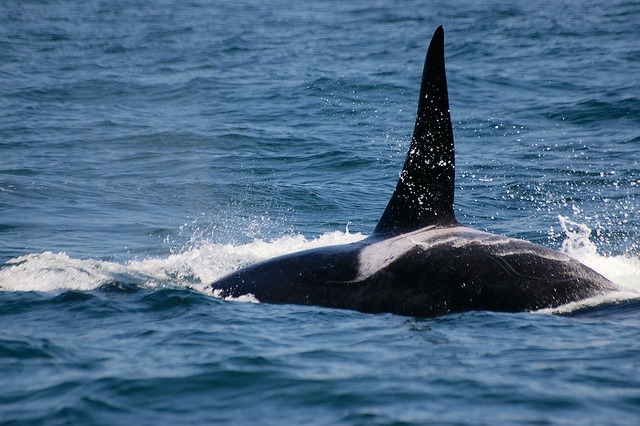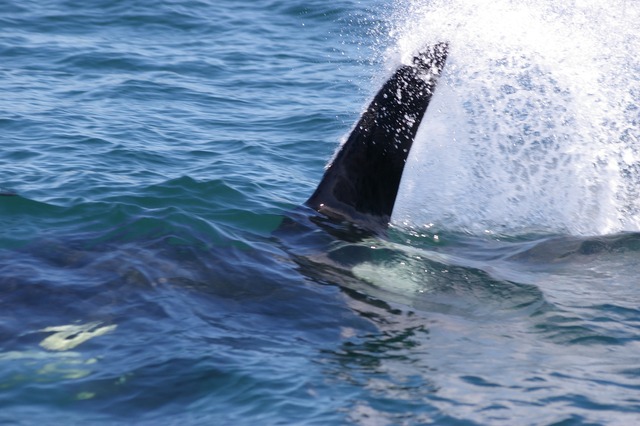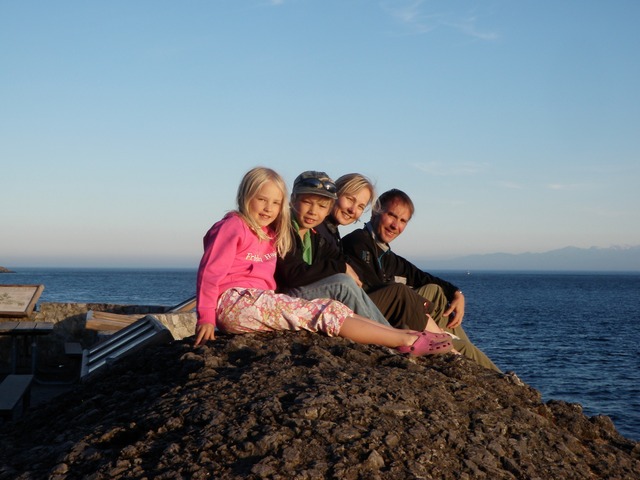Leif Rydell
Florida Feb 2011
During the Swedish "sport holiday" in February -11 my family went to Orlando for a week. We found real bargain tickets and decided to go. Most days were spent around the amusement parks but also at Kennedy Space Center from where they this week launched the last space ferry. Florida is a good birding destination and therefore I had contacted Birding Pal Gallus Quilley who came and picked me up one morning.
Gallus, my excellent birding pal guide.
First we went to Tosohathee WMA for some forest bird and I was glad to see the skulking Bachman´s Sparrow. Most time were spent at the Viera Wetlands where yo have good opportunities to see herons, ducks and other water birds. Here you can see some of these; Snowy Egret, Tricolored Heron and Great Blue Heron.
In Sweden the Bittern is extremely secretive and very hard to see. Here they walked around in open which was surprising for me. I also saw a few of the special Limpkin, here flying.
As you can see on the following pictures ducks and other heron, ibises were plentiful. Here Blue-winged Teal, Am. Coot, Green Heron and White Ibis.
Some of the Grebes we have in Europe are the same but not this Pied-billed Grebe and Bronze Ibis
We then continued to the coast and Merrit NWR which is probably the best place to see the endemic Florida Jay.
Close by, we stopped at one of the inlets in this area. The reason for the stop was a big flock of Black Skimmers. A few Ring-billed Gull were also present.
As an end to this good day we stopped at Orlando Wetlands where I eventually saw one of my target birds, the Wilson´s Snipe. Also here was this Wood Stork which was preparing for the night rest.
Arizona summer 2011
If you want to fill up your American bird list, a visit to Arizona is a must. If you go in late July early August as we did you will not only see both the specials for this region but also some of the birds that migrate through this region. This trip was made with my good friends Jim Royer and Nick Armstrong, both very knowledgable about the birds of North America. We met at Phoenix airport and drove immediately down to our lodging close to Sonora Desert Museum where we started our birding the next morning. The landscape in Arizona is very fascinating with all the different cactuses with the Saguaro as the classic one. One of the reasons to go here is the great possibility to see many different species of hummingbirds, like this Anna´s Hummingbird and Broad-billed Hummingbird which both are quite common to the more seldom seen Violet-capped Hummingbird and Costa´s Hummingbird.
In southern Arizona there are a couple of mountains that are really good both for resident species as well as some rarer migrants. At Madera Canyon we had such great luck that we saw an Aztec Thrush. At Ramsey Canyon we had a great walk and I saw one of the most wanted, the Red-faced Warbler. Too far to get a picture though but this Black Bear and a female Broad-tailed Hummingbird were more cooperative.
Close here we also saw the local Mexican Jay as well as the quite abundant Western Wood-Peewee.
We then drove to more flat country, the San Pedro River where we had special encounter of a mating pair of Western Diamond-Backed Rattlesnake. I more or less stepped at it and had the experience of hearing the classic rattle right beneath me. I guess no one of them bit me as they were occupied with more pleasant stuff.
At this visitor center I took these pictures of House Finch, Canyon Towhee, Curve-billed Thrasher and Gila Woodpecker.
At French-Joe Canyon we had a strenuous walk and at this time the same thing happened for Nick, this time a beautiful Black-backed Rattlesnake.
You can see my sweaty back taking photos of the snake as well as 3 happy "Tres Gringos" after the return.
We then continued to the legendary Chiricahua Mountains which was the home of the Apaches. On this road we saw several resting Swainson´s Hawks.
The town Paradise once was a big mining town full of shops, banks and even its own "Red district" but today only a few houses remain. Still perfect for birds and we also had the opportunity to be part of banding hummingbirds. Look at this tiny Calliope Hummingbird in my hand, just 5 cm long. Also the table where the activity took place.
Here the hummingbird had a party visiting the feeders and among them the stunning Magnificent Hummingbird as well as the most common one, the Rufous Hummingbird.
On the at this beautiful place we saw the Black-tailed rattlesnake again, this time in the middle of the road. We had to lift it away as it did´t want to leave and also clearly showed by body language that it did´t like the presence of us.
A very special moment was when the bats came to feed in the dark but be able to see them because of infrared light. What amazing thing you can be part of when you travel.
Thank you Jim and Nick for all the planning and driving (I had a nice time in the back seat) and for your splendid company. I finish this blog with this classic view of Arizona in sunset.
Full bird list.
- Mallard: 10 ex day one at Sweetwaters.
- Cinnamon Teal: 3 ex day 1.
- Northern Shoveler: 1 ex day 1.
- Ruddy Duck: 2 ex day 1.
- Scaled Quail: 3 ex 5/8
- Gambel´s Quail: Common day 1 plus 1 ex 5/8
- Wild Turkey: 5 ex 5/8
- Least Grebe. 3 ex 2/8 gave Jim a new american bird viat Pena Blanca.
- Pied-billed Grebe: 2 ex day 1
- Double-crested cormorant: 1 ex 2/8 Pena Blanca
- Great Blue Heron: 1 ex each 2 and 5/8
- Green Heron: 1 ex 2/8
- White-faced Ibis: 1 ex 7/8
- Black Vulture: 5 ex 2/8
- Turkey Vulture: 1-4 ex seen most of the days.
- Osprey: 1 ex 2/8
- Cooper´s Hawk: 1 ex each dag 1 and 4/8.
- Northern Gooshawk: 2 ex 6/8 at a nest, Chiricuhuas Mountains.
- Harris´s Hawk: 2 ex at stake-out road for this beautiful bird.
- Gray Hawk: 2 ex 2/8 plus 1 ex 4/8.
- Swainson´s Hawk: A few birds seen sporadicly while driving.
- Red-Tailed Hawk: 1 ex each during 4 days.
- American Kestrel: 3 birds seen through out.
- Sora: Heard day 1.
- Common Moorhen 2 ex day 1.
- American Coot: 3 ex day 1 plus 1 ex 2/8.
- Killdeer: 10 ex day 1.
- Black-necked stilt: 2 ex day 1 plus 30 ex 7/8
- Spotted Sandpiper: 1 ex 2/8 plus 2 ex 7/8
- Greater Yellowlegs: 1 ex 7/8
- Western Sandpiper: 10 ex 7/8
- Least Sandpiper: 10 ex day 1 plus 25 ex 7/8.
- Baird´s sanpiper: 1 ex 7/8.
- Solitairy sandpiper: A pair at Sweetwaters Wetlands 7/8.
- Rock Pigeon: A few.
- Band-tailed Pigeon: 1 ex 4/8.
- White-winged Dove: common.
- Mourning Dove: common.
- Common Ground Dove: 10 ex 2/8 plus a few more on other days.
- Yellow-billed Cuckoo: Heard 2/8 samt 1 ex seen well 3/8 Patagonia.
- Greater Roarunner: 1 ex first morning at tee nr. 10 plus 1 ex5/8.
- Western Screech-Owl: 1 ex heard plus one more seen breifly during owling at Paradise 6/8.
- Whiskered Screech-Owl. 1 bird seen and heard day(night) 1.
- Elf Owl: 1 bird heard at the first night.
- Lesser Nighthawk: 10 ex at arrival day close to our lodging. Also 1 ex each 4 and 5/8.
- Commin Poorwill: 1 ex seen in the lights from the car. Also heard at the same time 6/8.
- Mexican Whip-poor-will: 1 ex the same same night seen and heard.
- White-throated Swift: 2 ex 4/8 plus 1 ex 5/8.
- Broad-billed Hummingbird: Common (+10) day 1 and 2 plus 5 ex 4/8.
- Berylline Hummingbird: 1 ex day 1 plus one more 4/8.
- Violet-crowned Hummingbird: 1 bird each day 1 och 2 plus two more 4/8.
- Blue-throated Humminbird: 1-2 ex day 1 plus 5 more 7/8.
- Magnificent Hummingbird: 4-5 birds each day except 2/8.
- Lucifer Hummingbird: 1 bird the firts day plas one more 4/8 of this splendid bird..
- Black-chinned Hummingbird: Common 5-10 birds each day except 2/8.
- Anna`s Hummingbird: 1-2 ex first day plus 4-5/8.
- Costa´s Hummingbird: 1 ex each 1 och 3/8.
- Calliope Hummingbird: 1 ex 4/8 plus 3 ex each 6-7/8. This juvel was also banded.
- Broad-tailed Hummingbird: 3 ex 4/8 plus 5 ex 6-7/8.
- Rufous Hummingbird: 1-5 ex most of the days but very common during banding day (+50).
- Elegant Trogon: hörd flera gånger1/8 samt sågs väl 3/8 at Ramsey Canyon.
- Acorn Woodpecker: 3-5 birds most of the days by this special ”pecker”.
- Gila Woodpecker: Same as above.
- Ladder-backed Woodpecker: 1 ex 2/8 plus2 ex 5/8.
- Hairy Woodpecker: 1 ex 1/8.
- Arizona Woodpecker: 6 ex 1/8 plus 2 ex 3/8.
- Northern Flicker: 1 ex day 1 and 6/8.
- Northern Beardless-Tyrannulet: 1 ex at Patagonia Roadside Rest of this scarce bird.
- Greater Pewee: Finally we managed to see one bird high up in the Chricuhuas Mountains.
- Western Wood-Pewee: Common, seen every day.
- Cordilleran Flycatcher: 1 ex 1/8 plus. 6/8.
- Buff-breasted Flycatcher: Lots of seaching before we eventually found one at ”middle level” at Chiricuhuas Mountains.
- Black Pheobe: 3-5 ex during 5 days.
- Say´s Phoebe: More or less the same as its black fellow.
- Vermillion Flycatcher: 5 ex 2/8 and 2 ex 5/8 of this stunning flycatcher.
- Dusky-Capped Flycatcher: 2-3 ex 1,4 and 6/8.
- Ash-throated Flycatcher: Seen most of the days with 1-2 ex.
- Brown-crested Flycatcher: Same as above.
- Sulphur-bellied Flycatcher: 2-3 ex the first two days of the trip.
- Tropical Kingbird: Surpriceingly 3 different birds of this mexican species seen 5/8.
- Cassin´s Kingbird: A total of 7 birds seen during the trip.
- Thick-billed Kingbird: One bird seen well at classic stake-out vid Roadside Rest, Patagonia.
- Western Kingbird: Relativly common.
- Loggerhead Shrike: 1-3 ex seen during 5 dagar, often by the roads.
- Warbling Vireo: 1 ex each4/8 and 6/8.
- Bell´s Vireo: 5 ex sang and were also seen at Arviaka creek, Buenos Aires.
- Plumbeous Vireo: A few birds through out.
- Hutton´s Vireo: 4 ex 1/8 plus a few birds 3-4/8.
- Steller´s Jay: Heard 4/8 plus seen with 2 ex 6/8.
- Western Scrub-Jay: 1 ex the first day plus one more 6/8.
- Mexican Jay: Quite common, seen most of the days.
- Chihuahuan Raven: 2 ex 2/8.
- Common Raven: Much more common.
- Purple Martin: 4 ex day 1 plus 2 ex 7/8.
- Violet-green Swallow: More than 100 birds seen 3/8 plus 10 more 6/8.
- Northern Rough-winged Swallow: 2 ex day one.
- Tree Swallow: 1 ex 5/8
- Bank Swallow: 1 ex 5/8
- Cliff Swallow: +10 ex 5/8
- Barn Swallow: 2 ex 5/8
- Mexican Chickadee: One bird in the birdwave at Chiricuhuas mountains.
- Bridled Titmouse: 3-5 ex during 4 days.
- Juniper Titmouse: 1 pair had their nest at Paradise rest, Chiricuhuas Mountains..
- Verdin: Aprox. 10 birds first morning at the golf course..
- Bushtit: 5 ex 1/8 plus aprox. 10 ex 4/8.
- Red-breasted Nuthatch: Heard 4/8 plus 1 bird seen 6/8.
- White-breasted Nuthatch: Quite common, 2-8 birds all days.
- Pygmy Nuthatch: 1 ex 1/8.
- Brown Creeper: 1 ex each 1/8 och 4/8.
- Cactus Wren: Common day one and a few more birds through out.
- Rock Wren: After many stops we finally saw two birds between Buenos Aires och Pena Blanca.
- Canyon Wren: 1 ex each 2-4 /8.
- March Wren: 1 ex Sweetwaters.
- Bewick´s Wren: 1 ex each 2-3/8 och 5/8.
- House Wren: A total of 6 birds during the first 3 days.
- Blue-gray Gnatcatcher: 1ex at the bottom of Madera Canyon.
- Black-tailed Gnatcatcher: 1 ex at Sonora Desert Museum.
- Hermit Thrush: 4 ex 1 /8.
- American Robin: 1 ex 4/8 plus 10 ex 6/8.
- Aztek Thrush: One female was discovered by Nick at Madera canyon.
- Northern Mockingbird: 1-3 birds most of the days.
- Bendire´s Thrasher: 2 birds seen at a stake out close to the entrance to the Chiricuhuas Mountains.
- Curve-billed Thrasher: 3 ex day 1plus 4 ex 5/8.
- Crissal Thrasher: Heard at stake-out vid Chiricuhuas and also seen briefly.
- European Starling: 1 ex day 1.
- Phainopepla: More than 20 birds at Patagonia Preserve plus 4 more 4/8.
- Olive warbler: 1 ex 1/8 plus 1 bird in the birdwave at the Chiricuhuas of this ”important warbler”.
- Lucy´s Warbler: 2 birds at Sonora Desert, 5 ex 5/8 plus 2 more 6/8.
- Yellow warbler: During 5 days we saw 1-3 birds each day..
- Yellow-rumped Warbler: 1 bird at Madera Canyon together with the flock of Grace´s.
- Black-throated Gray warbler: 1 ex 1/8, 5 ex in the birdwave at the Chricuhuas plus 3 ex 7/8.
- Hermit warbler: 1 ex in the same birdwave as above.
- Grace´s warbler: + 8 ex Madera Canyon plus aprox. 10 birds in the birdwave at the Chiricuhuas.
- Commion Yellowthroat: A fewbirds most of the days through out..
- Red-faced Warbler: 2 ex Ramsey Canyon plus 1 single bird in the Chiricuhuas-birdwave of this juvel.
- Painted Redstart: 4 ex Madera Canyon plus 6 more atRamsey Canyon. Another stunner.
- Yellow-breasted Chat: Aprox. 10 birds at different spots, mostlya at Arivaka Creek.
- Hepatic Tanager: 1-3 ex during 6 days.
- Summer Tanager: 4 ex Madera Canyon plus 5 more 2/8.
- Western Tanager: 1-4 birds during 3 days.
- Spotted Towhee: 2 ex Arivaka Creek plus 1 ex Ramsey Canyon.
- Canyon Towhee: 2-4 ex the last 4 days.
- Albert´s Towhee: 2 ex day 1 plus 2 ex Sweetwaters.
- Rufous-winged Sparrow: 2 ex Sonora Desert Museum.
- Cassin´s Sparrow: 2 ex at the bottom (fields) of Madera Canyon plus 2 more at San Pedro river
- Botteri´s Sparrow: 4 birds at the same spot as above plus 3 ex San Pedro River.
- Rufous-crowned Sparrow: A few birds each day on the first 4 days.
- Chipping Sparrow: 1 ex Patagonia plus 2 ex Cave Creek.
- Black-chinned Sparrow: Hard and tricky. Finally got one in when tapeing close to Paradise
- Lark Sparrow: Aprox.10 birds spread out during the trip.
- Black-throated Sparrow: 6 ex Sonora Desert Museum, 2 ex French Joe Canyon plus 4 ex San Pedro River.
- Song Sparrow: 1 ex Sonora Desert Museum, 1 ex French Joe canyon plus 2 ex San Pedro River.
- Yellow-eyed Junco: 6 ex Madera Canyon plus 2 ex Chiricuhuas Mountains.
- Northern Cardinal: A total of 10 birds during 4 days.
- Pyrrhuloxia: Totaly 6 birds in suiteble dry habitats..
- Black-headed Grosbeak: 3-6 ex during most days, common at the feeders.
- Blue Grosbeak: Aprox. 20 birds seen during 4 days of which 10 were seen at Arivaka Creek.
- Lazuli Bunting: Jim saw 1 bird at San Pedro River
- Varied Bunting: 3 ex Sonora Desert Museum.
- Red-winged Blackbird: common in suiteble habitat.
- Eastern Meadowlark: 2 ex French Joe Canyon.
- Yellow-headed Blackbird: +200 ex Sierra Vista water ponds.
- Great –tailed Grackle: A few bird the 3 first days. 10 birds the last day.
- Brown-headed Cowbird: Quite common.
- Hooded Oriole: Seen during 5 days with 1-5 ex.
- Bullock´s Oriole: Jim saw one at San Pedro river.
- Scott´s Oriole: 4 ex French Joe Canyon.
- House Finch: Common, seen most of the days.
- Lesser Goldfinch: Common.
- House Sparrow: A few.
Others:
Black Bear: One at Ramsey Canyon plus one captured in a trap at Paradise.
Black-tailed Rattlesnake: A pair at French Joe Canyon plus one more one the road up in the Chiricuhuas Mountains.
Western Diamond-backed Rattlesnake: I almost stepped on a pair mating which proably saved me from beeing bitten. Both werehuge and fat and the ”rattle” was quite scary. This was at a path at San Pedro River.
South-west Australia July 2012
My very good Graham and his wife Liz met me at Perth airport for an eight days long birding trip together. Graham who lives south of Brisbane had not visited this part of Australia for birding, so he was as eager as I to start finding the specialities for this region. In the southwest there are 17 endemics and we managed to see almost everyone. Our plan was to drive south and making our first stop at Dryandra State Forest.
My very good friend Graham Palmer.
The weather was fine but the evenings and nights were very cold. We had some good moments with good sightings of the first endemics as well as some more widespread species. We then continued further south to the coast but we managed to squeeze in Porongurup National Park, where we saw several endemics including these two; Rufous Treecreeper (which hardly gives the expression of beeing a treecreeper as it has the behavior to jump on the ground like a sparrow) and a young Blue-breasted Fairy-wren.
From here we drove down to our home for the next 3 nights, Cheyenes Beach caravan park, east of the coastal town of Albany. This is an excellent place to spot more endemics as well as its closeness to Albany and Two Peoples Bay. I saw many splendid birds and I can really recommend this place. One of the absolut star birds of the trip was this magnificent male of a Red-winged Fairy-Wren.
Here you can see one of the the great beaches (filled with Crested Terns) in this area together with some typical species like this Sooty Oystercatcher
An unforgettable memory is when Graham and I sat in a ditch waiting for one of the hardest birds in Australia, the Noisy Scrub-bird. We sat for almost 2 hours listening to its continuous calls before it came out on small road and immediately run to the other side. This bird behaves like it is flightless and seldom show in open areas. The next day I was fortune to be apart of a pelagic trip from Albany. Graham had asked if there was a trip during our stay and we were lucky to get tickets for it.
It was a great day for me and we saw many stunning birds like these; Yellow-nosed albatross (ad and juv), Cape Peterel, Flesh-footed Shearwater
The rarest bird we saw was the Soft-plumaged Petrel
At the caravan park you also have an excellent chance to see some cute kangaroos like these Western Grey Kangaroos as well as the quite common Grey Fantail.
The day after we went to Two Peoples Bay, an other iconic spot for western specialities. Here we also saw several Southern Right Whales breaching close to shore.
More inland we continued to count in new birds like this Ring-necked Parakeet (Port Lincoln) and the western race of Little Corella.
As we left this magic place we drove west towards the Margarit River area and stopped at places which looked nice (I failed to see Hooded Plover) and saw more good birds. Here a Brown Falcon.
I just love the fairy-wrens, here a moulting Splendid Fairy-Wren as well as the very common New Holland Honeyeater.
After some hard work we finally saw the Red-eared Firetail in a park at Margaret River as well as this curious Raven and its relative, the Au Magpie.
We then drove a little more inland on the way back to Perth. We stopped at Lake Pollard and Willard Wetlands were more good birds were seen. The area at lLake Pollard is classic Australian country with red soil and here I saw the Western Yellow Robin, an endemic we had missed so far.
At the Willard Wetlands I saw a group of this stunning Black-faced Cuckoo-shrike.
Ever since I first started to read about this region I have wanted to go to Rottnest Island. I did not get disappointed, it´s just one of these amazing places you need to go to before you die. It´s an easy hour by fast ferry from Perth and then you can start investigating the island. Her you can find the Quokka, an endemic marsupial. It´s very cute and quite tame and a symbol of this island.
Here I was hoping to see two shore birds I have longing to see for many years. No problem, I found several of both species in a small lake. The Banded Stilt and the Red-necked Avocet.
Close by I saw an other stunner, The Red-capped Plover.
An other favorite of the trip was this Banded Lapwing which posed in the desert like habitat.
Not far from this spot I was little bit surprised to find this White-fronted Chat. And a little bit further the more common Grey Teals.
If you have the chance to go here, just do it. Bye for now.
Full bird list of the trip.
- Black Swan. Relatively common at suitable habitats.
- Mallard. 1 single bird at Rottnest.
- Grey Teal. +50 at 3 separate locations.
- Australian Shelduck. Quite common.
- Australian Shoveler. 6 birds at Lake Monger.
- Pink-eared Duck. 5 birds at Lake Monger.
- Hardhead. 4 at Lake Monger and 20 at Wellard wetlands.
- Wood Duck. Quite common throughout.
- Blue-billed Duck. Common at lake Monger and Wellard Wetlands.
- Common Pheasant. 1 male at Rottnest Island.
- Indian Peafowl. I male outside the shop at Rottnest Island.
- Hoary-headed Grebe. A few at Lake Monger, 1 outside Albany and common at Wellard Wetlands.
- Australian Grebe. 2 at Lake Monger.
- Black-browed Albatross. 1 bird from land at Cheynes Beach.
- Shy Albatross. 4 birds pelagic trip.
- Yellow-nosed Albatross. +15 birds on the pelagic trip.
- Flesh-footed Shearwater. +40 pelagic trip.
- Hutton´s Shearwater. 1 single bird at the pelagic trip.
- Great-winged Petrel. 10 birds pelagic trip.
- Soft-plumaged Petrel. 3 separate birds at the pelagic trip.
- Austarlian Pelican. Common Albany harbour.
- Australian Gannet. About 10 birds at the pelagic trip. One bird at cape Naturaliste and one bird from the boat to Rottnest.
- Great Cormorant. 2 birds Freemantle harbour.
- Pied Cormorant. 3 birds at same place as Great.
- Little Pied Cormorant. 10 birds Albany harbour and +10 birds the day we went north by the coast.
- Australasian Darter. 2 birds Albany harbour and one more Freemantle.
- Great Egret. About 5 birds the 3 last days.
- Little Egret. A few birds in suitable habitats.
- White-faced Egret. The same as the Great.
- Pacific Reef Heron. One single bird at Cheynes Beach.
- Australian White Ibis. Aprox. 10 birds spread out the 3 first days.
- Straw-necked Ibis. +20 birds in total. Most of them at Wellard wetlands.
- Yellow-billed Spoonbill. +10 birds at 4 separate locations.
- Osprey. A few birds throughout.
- Au. Black-shouldered Kite. 2 birds “on route”.
- Brown Gooshawk. 1 bird close to Cheynes Beach.
- Wedge-tailed eagle. 1 bird inland cape Naturaliste and one more close to Lake Pollard.
- Little Eagle. I bird at Dryandra Forest and another one at Two Peoples Bay.
- Nankeen Kestrel. About 10 birds throughout.
- Australian Hobby. 1 single bird at Cheynes Beach.
- Brown Falcon. 2 birds by the south coast on route to Margaret River.
- Eurasian Coot. Common Lake Monger and Wellard Wetlands.
- Purple Swamphen. 4 birds Lake Monger and 1 bird at Wellard Wetlands.
- Black-tailed Native Hen. A family of 6 at Wellard Wetlands.
- Pied Oystercatcher. Quite common at suitable habitats.
- Sooty Oystercatcher. About 10 birds at the southern beaches we visited.
- White-headed Stilt. 5 birds at Wellard Wetlands.
- Banded Stilt. About 300 birds at Rottnest Island which was my best bird of the trip.
- Red-necked Avocet. About 10 birds together with the stilts at Rottnest.
- Bush Thick-knee. A pair at Dryandra Woodlands.
- Banded Lapwing. 5 birds at the sand dunes at Rottnest.
- Red-capped Plover. Common at Wellard Wetlands and 2 birds at Rottnest.
- Black-fronted Dotterel. A pair near Dryandra Woodlands.
- Red-necked Stint. +50 birds near Mandura.
- Pacific Gull. A few birds along the coast.
- Crested Tern. Quite common.
- Brown Skua. 2 birds at the pelagic trip.
- Common Bronzewing. Seen on 4 days with a few each time.
- Brush Bronzewing. 5 at Cheynes Beach and 2 near Two Peoples bay.
- Turtle Dove. 1 bird near Mandura.
- Carnaby´s Cockatoo. 6 birds at Dryandra Woodland. We were helped by others who had seen them closer. We saw 4 more big flocks of “Blackies” at different locations but never came close enough perhaps get Baudin´s.
- Galah. A few bigger flocks throughout.
- Little Corella***** One at Lake Monger and about 30 near Mandurah.
- Purple-crowned lorikeet. 2 birds at Cheynes Caravan Park.
- Red-capped Parrot. 2 birds in Margaret River and five close to Lake Pollard.
- Rainbow Lorikeet. 5 birds in Perth.
- Australian Ringneck (race semitorquatus). Common at many locations.
- Western Rosella. About 15 in Dryandra Woodlands, 2 outside Cheynes Beach and 5 near the beach, Margaret River.
- Elegant Parrot. I eventually spotted one at the sport complex in Hay Park.
- Pallid Cuckoo. 1 single bird perched outside Cheynes Beach.
- Fan-tailed Cuckoo. One bird showed well in Dryandra Woodlands.
- Shining Bronze-cuckoo. 1 bird at Rottnest Island.
- Laughing Kookaburra. Totally 3 pairs on 3 different days.
- Noisy Scrubbird. Graham and I sat in a ditch for 2½ hours before it came out on the track and ran quickly over to the other side. A big event of the trip. This bird and many others were calling frequently but were (as usual) very elusive.
- Tree martin. 4 birds Lake Monger and 10 birds the last day. All swallows were overlooked as they were quite common.
- Welcome Swallow. Common.
- Australasian Pipit. 2 birds near Dryandra Woodland and 1 bird at Rottnest.
- Grey Fantail. Seen with a few birds almost every day.
- Magpie Lark. Common and conspicuous.
- Jacky Winter. 2 birds near Dryandra Woodlands.
- Scarlet Robin. 3-4 birds at both Dryandra Woodlands and around Porongurup N.P.
- Red-capped Robin. 2 birds at the parking in Porongurup N.P.
- Western Yellow Robin. 2 birds on the trail to Lake Pollard.
- White-breasted Robin. Easy to see at the parking lot Porongurup N.P. Also common at Cheynes Beach. Also seen with a few birds on route from Margaret River to Perth.
- Crested Shrike Tit (western race). 2 birds in Dryandra Woodland of this bird that might get split later.
- Common Golden Whistler. A total of 6 birds throughout.
- Rufous Whistler. 1 single bird in Dryandra Woodlands.
- Western Whipbird. 2 birds were calling close at Cheynes Beach but were so skulking that we never saw it properly.
- Splendid Fairywren. 1 single moulting bird outside Margaret River.
- Red-winged Fairywren. About 10 birds around the coast line with 2 males in breeding plumage.
- Blue-breasted Fairywren. 4 birds was feeding next to the parking lot at Porongurup N.P.
- Southern Emuwren. A family of 4 just outside the caravan park at Cheynes Beach.
- Western Bristlebird. 1 bird seen briefly at Cheynes Beach. Several was calling both here and at Two Peoples Bay.
- White-browed Scrubwren. Aprox. 10 birds at several locations. Not very shy.
- Shy Hylacola. 1 bird at Dryandra Woodlands and one more just outside Porongurup N.P.
- Wetern Thornbill. One bird surprised us in a mixed flock at Wellard Wetlands.
- Yellow-rumped Thornbill. One bird at Dryandra Woodlands and 3 in the mixed flock at Wellard Wetlands.
- Weebill. One bird in Dryandra Woodlands.
- Western Gerygone. 3 birds in Dryandra Woodlands and one more at Lake Pollard.
- Inland Thornbill. 2 birds in Dryandra Woodlands and a few singles inland from Cheynes Beach.
- White-fronted Chat. 2 birds at Lake Pollard and 2 more at Rottnest Island.
- Varied Sitella. 1 bird close to Cheynes Beach.
- Rufous Treecreeper. 2 birds in Dryandra Woodlands and 4 of them at the parking lot at Porongurup N.P.
- Spotted Pardalote. Totally 3 birds at the same locations as above.
- Striated Pardalote. One bird outside Dryandra.
- Silvereye. Quite common and seen most of the days.
- Brown Honeyeater. Quite common in open forest.
- Singing Honeyeater. 5 birds on Rottnest Island.
- Yellow-plumed Honeyeater. Common in Dryandra Woodlands, +10 birds seen.
- White-naped Honeyeater. We were shown to 2 birds just outside Cheynes Beach.
- Brown-headed Honeyeater. Totally 5 birds outside Porongurup N.P. and Cheynes Beach.
- New Holland Honeyeater. The most common honeyeater and conspicuous at many locations.
- White-cheeked Honeyeater. 1 bird at Dryandra and 1 more near Cheynes Beach.
- Western Spinebill. Totally 4 birds of this beautiful Honeyeater. They were seen at CHynes Beach and close to Two Peoples Bay.
- Red Wattlebird. Totally 10 birds on 3 different days.
- Western Wattlebird. Totally 6 birds at the south-western coast.
- Grey Butcherbird. 2 at Dryandra and 2 single birds on route north.
- Grey Currawong. A party of 3 in Dryandra Woodlands.
- Australian Raven. Common.
- Red-eared Firetail. Hard to find, eventually we saw 2 in a park in Margaret River.
Mammals
- Western Grey Kangaroo. A few families of 10-15 animals In Dryandra and the south coast. A group of +100 just outside Margaret River.
- Southern Right Whale. 3 of them in the bay at Cheynes Beach.
- Humpback Whale 5 of them at Cheynes Beach and Two Peoples Bay.
- Orca. 6 of them on the pelagic trip.
- Quocka. About 20 on Rottnest Island.
California February 10
One of my favorite bird groups are the shorebirds and I therefor decided to make a trip to California during winter with my 11 years old son. Many of the "rocky shorebirds" migrate south to California from the Canadian and Alaskan coast. Also the marine wildlife is different in species because of their movements. I made some request at Birding Pal and got good contact with Jim Royer from Los Osos. Jim is an avid birder which was highly appreciated both for knowing the best locations as well as what birds to find. Jim spent a few days with me around his neighborhood and then gave me directions for some good locations when my son and I birded alone. Just outside Los Osos are some excellent rocks by the shore and we easily found both Black Oystercatcher as well as Black Turnstone and (Surfbird).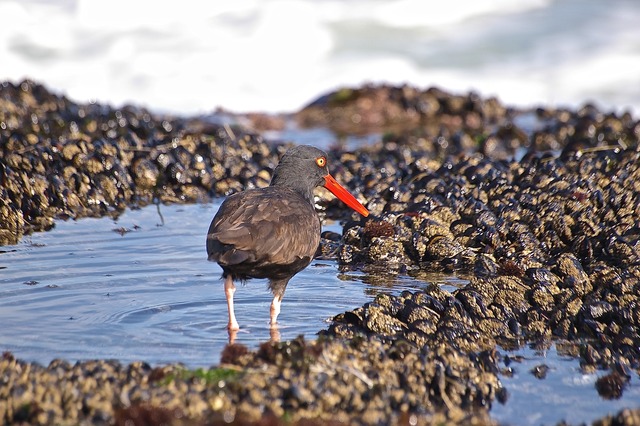
At a beach close by he showed us the very cute Snowy Plover as well as the tiny Least Sandpiper.
At this time of the year many, many gulls gather along the coast. Among all the more common ones we saw a few Heermann´s Gulls which is easily identified by its dark mantle and red bill.
One day he took us up to the Carrizzo Plain where we spotted a very much sought after bird, the Mountain Plover. I could´t come near them for good photos but here you see me watching them at this excellent birding area. Here we also saw some of the more difficult species as Le Conte´s and Sage Thrasher (no photo).
On the day we started to move north towards Monterey, Jim followed us in his car. The plan was to stop at San Simeon for the N. Elephant rookery. What amazing and odd looking animals. This place is just by the famous Highway 1 and definitely worth a stop. Our goal for the day was to try to sea one of the worlds biggest birds, the Californian Condor which survive with a few individuals further north. As we drove our hope decreased because the weather was not good, a mix of rain and mist. But for some reason the gods were with us and we saw one high up on a cliff with radio transmitters attached to it.
We arrived late to our motel for a good nights sleep. The next day we took a whale safari tour. At the harbor we saw many Californian Sea Lions and Brown Pelicans and just outside a big group of Risso´s Dolphins which has a different shape and profile compared to most other dolphins. Further out the sea was quite rough and I got sea sick. We saw some Grey Whales but not very close.
The last day we stopped at a small park half way back to L.A. Jim has told me we would have a good chance to see some geese and so we did. Not many were around but we still managed to see Ross´s and Snow (at the same photo, look at the different size of their bills) and Cackling Goose which now is considered a full species.
In this park there were also lots of Western Grey Squirrels and Brewer´s Blackbirds as well as the beautiful Am. Robin and Black Phoebe.
Full bird list of the trip.
Birds
- Snow Goose. One single bird seen at a recreational park in Santa Maria. Jim knew about the place.
- Ross´s Goose. One bird at the same spot as above. Good possibilities to see the different characters.
- Brant. 15 birds seen on one of the many beaches we visited.
- Cackling Goose. 2 birds seen inland Los Osos
- Gadwall. 3 birds different ponds Los Osos.
- Eurasian Wigeon. 10 birds as above.
- American Wigeon. Quite common.
- Mallard. Yes
- Blue-winged Teal. Common
10. Cinnamon Teal. Quite common.
11. Northern Shoveler. Totally 4 birds seen around Los Osos.
12. Northern Pintail. Totally 8 birds seen.
13. Green winged Teal. Common.
14. Lesser Scaup. A few at different places.
15. Harlequin Duck. One beautiful male seen quite close when we left the harbour at Monterey for a pelagic trip.
16. Surf Scooter. A few seen from beach.
17. Bufflehead. A total of 6 birds at two different locations.
18. Common Goldeneye. Quite common.
19. Hooded Merganser. 2 birds seen at Avila Beach.
20. Red-breasted Merganser. A few seen.
21. Ruddy Duck. As above.
22. Am. Coot. Quite common.
23. California Quail. Quite common around Los Osos.
24. Red-throated Loon. 3 birds seen from beach.
25. Pacific Loon. More numerous.
26. Common Loon. A few from beach.
27. Pied-billed Grebe. A total of 3 birds.
28. Eared Grebe. A few birds seen.
29. Western Grebe. About 10 birds seen from beach and around Los Osos.
30. Clarks Grebe. One bird seen together with westerns.
31. Am. White Pelican. 3 birds seen.
32. Brown Pelican. About 10 birds seen.
33. Brandt´s Cormorant. A few both Los Osos and Monterey.
34. Double-crested Cormorant. Common at both locations.
35. Pelagic Cormorant. 2 at Los Osos and a few more at Monterey.
36. Great Blue Heron. A few single birds close to water.
37. Great Egret. 2 birds around Los Osos.
38. Snowy Egret. In total 4 birds at different locations.
39. Turkey Vulture. Quite common.
40. White-tailed Kite. One single bird inland.
41. Northern Harrier. One bird at Carizzo Plain.
42. Red-shouldered Hawk. 4 birds in total
43. Red-tailed Hawk. Single birds throughout.
44. Ferruginous Hawk. 5 birds, mainly inland.
45. Golden Eagle. In total 4 birds seen at different locations.
46. Am. Kestrel. A few single birds.
47. Merlin. Up to 7 birds seen, mostly inland and Carizzo Plain.
48. Peregrine Falcon. In total 3 birds. A pair at the coast close to the Condor place.
49. Am. Condor. One proud bird seen at the top of a cliff halfway to Monterey.
50. Black-bellied Plover. One single bird at beach.
51. Snowy Plover. A total of 25 birds at two different beaches. One north of Los Osos and the other close to Santa Barbara.
- 52. Semipalmated Plover. 2 birds in the same area as the Snowy Plovers.
53. Killdeer. Widespread and quite common.
54. Mountain Plover. About 40 birds seen up on Carizzo Plain,
55. Black Oystercatcher. 15-20 birds at different beach locations.
56. American Avocet. Common at good habitats. More than 100 birds seen in total.
57. Spotted Sandpiper. Single birds seen on 3 different locations.
58. Wandering Tattler. One bird seen briefly when arriving to Santa Cruz but unfortunately disappeared when I approached to see it better.
59. Greater Yellowlegs. 2 single birds seen.
60. Whimbrel. In total 20 birds at different locations.
61. Long-billed Curlew. About 10 birds throughout.
62. Marbled Godwit. Quite common at a few locations.
63. Black Turnstone. Common at rocky beaches. 25-30birds seen.
64. Surfbird. Same spots as Black Turnstone but not as common. Aprox. 10 birds seen.
65. Sanderling. Common at beaches, about 80 birds in total.
66. Western Sandpiper. A few at close distant (more than 300 seen at distant which were mixed with Least Sandpiper, did not spend time to decide each bird)
67. 5 birds at close distant (see above).
68. Bonaparte´s Gull. About 10 birds throughout.
69. Heerman´s Gull. About 30 birds at different beaches of this elegant gull.
70. Mew Gull. A few, not fully counted.
71. Ring-billed Gull. Common.
72. Western Gull. Common.
73. Herring Gull. 2 birds found amoung all the big flocks.
74. Glaucous-winged Gull. 4 birds seen at two different beaches.
75. Glaucous Gull. 1 single bird made Jim excited at the Elephant Seal Colony.
76. Caspian Tern. 4 birds seen.
77. Forster´s tern. Totally 8 birds.
78. Common Murre. 20 birds seen up in Monterey, whale watching.
79. Rhineceros Auklet. 2 birds on the whale watching tour.
80. Rock Pigeon. Yes.
81. Band-tailed Pigeon. 20 birds seen at inland location.
82. Eurasian Collared Dove. Seen throughout with single birds.
83. Mourning Dove. As above.
84. Barn Owl. One bird in “stake-out-tree” near the university at San Luis Obispo.
85. Western Screech-Owl. 3 birds heard during owling outside Los Osos.
86. Great Horned Owl. As above.
87. Northern Saw-whet Owl. 5 birds at the same route as above.
88. White-throated Swift. About 10 birds inland on the way to Carizzo Plain.
- 89. Anna´s Hummingbird. About 5 birds seen at different locations.
90. Allen´s Hummingbird. The same as above.
91. Acorn Woodpecker. A few birds at a few different locations.
92. Nuttall´s Woodpecker. In total 3 birds seen at different places.
93. Northern Flicker. A few birds throughout.
94. Black Phoebe. In total 3 birds seen.
95. Say´s Phoebe. About 5 birds at different locations.
96. Loggerhead Shrike. 3 birds seen throughout.
97. Hutton´s Vireo. Two birds just north of Los Osos.
98. Western Scrub-Jay. 8-10 birds throughout.
99. Yellow-billed Magpie. 4 birds seen at a valley on the way to Carizzo Plain.
- American Crow. Quite common.
- Common Raven. A few birds.
- Horned Lark. Aprox. 20 birds up on Carizzo Plain.
- Tree Swallow. A few birds seen.
- Chestnut-backed Chickadee. 4 birds near Jims house and 10 more at other locations.
- Oak Titmouse. One single bird at an inland park.
- Bushtit. About 10 birds throughout.
- Pygmy Nuthatch. 3 birds just north of Los Osos.
- Brown Creeper. Same as above.
- Bewick´s Wren. 2 birds around Los Osos.
- Ruby-crowned Kinglet. In total 5 birds at two locations.
- Wetern Bluebird. 2 birds inland Los Osos.
- Mountain Bluebird. 10 birds seen up on Carizzo Plain.
- Hermit Thrush. 3 birds north of Los Osos.
- American Robin. Quite common, about 30 birds in total.
- Northern Mockingbird. Quite common, about 10 birds in total.
- Sage Thrasher. Jim managed to tape in 2 birds up on Carizzo Plain.
- California Thrasher. 3 birds at 2 different seed feeders.
- Le Conte´s Thrasher. A pair seen after some hard searching at Carizzo Plain.
- European Starling. Yes.
- American Pipit. 1 single bird seen on Carizzo Plain.
- Phainophepla. I bird seen on the road up to Carizzo Plain.
- Yellow-rumped Warbler. About 6 birds seen throughout.
- Townsend´s Warbler. Also this warbler was seen with 6 examples at different locations.
- Common Yellowthroat. 3 birds seen.
- Spotted Towhee. 7 birds seen throughout.
- California Towhee. As above, likes feeding places.
- Vesper Sparrow. On single bird seen up towards Carizzo Plain.
- Lark Sparrow. A few single birds.
- Sage Sparrow. Up to 10 birds seen.
- Fox Sparrow. 1 single bird close to Jim´s house, Los Osos.
- Song Sparrow. Heard a few times.
- White-crowned Sparrow. Quite common.
- Golden-crowned Sparrow. 3+2 birds seen Los Osos and Monterey.
- Dark-eyed Junco. More than 10 birds throughout.
- Red-winged Blackbird. Quite common.
- Tricolored Blackbird. A few birds seen up towards Carizzo Plain.
- Western Meadowlark. A few birds throughout.
- Brewer´s Blackbird. 10 birds Santa Cruz.
- Great-tailed Grackle. 1 bird seen Santa Maria.
- Brown-headed Cowbird. Several.
- Purple Finch. Quite common.
- House Finch. A couple of birds at some feeders.
- Lesser Goldfinch. In total 13 birds at different locations.
- American Goldfinch. 7 birds seen.
- House Sparrow. A few.
Western USA summer 2010.
This was my third trip to the USA and the purpose was to drive with my family from L.A to Seattle making a detour to Yosemite National Park. I did not count in many new birds but really enjoyed this trip for the other wildlife I saw. An obvious start for the family was a day at Disneyland which was great. We like to visit the amusement parks. Then we drove up to Jim Royer, who I had met as a birding pal earlier this winter in February when I visited California for some winter birds for this region. Jim lives in Los Osos which is by the coast just before the scenic Highway 1. My son is interested in snakes so I had asked Jim if we possibly could see a rattle snake. Very close to his house we found this Western Rattlesnake just next to the path where everybody is walking and running.
Common birds is this area are also the handsome White-crownes Sparrow and the Killdeer.
We spent a few days with Jim and his lovely family before we headed north toward Monterey which is an eldorado for marine wild life. On the way we stopped at San Simeon which has a rookery for Elephant Seals. At very close range you can spot these great animals. However, at this time of the year not many were present and just a few big males. When I visited in February, the place was cramped with individuals. I really recommend a stop here if you are passing by.
At Monterey we took a whale safari to look for Humpback Whales. The weather was not very nice but we saw a few individuals quite close. We had also hoped for a Blue Whale, which they had seen the day before.
Easier to see and also whiteout risking to bee sea sick are all the Californian Sea Lions that are dotted around the harbor. Depending on what time of the year you visit this place you will see different birds and mammals but it´s always worth the trip.
We left Monterey for the stunning national park of Yosemite. It´s is an amazingly beautiful spot (even if it is too crowded at the center) and the vistas at some places are unforgettable. We took a steep walk up to one of the waterfalls and up there I saw this brilliant Steller´s Jay.
If you ever go here you must also drive up to the higher levels as the park changes in structure. From here we had a very long drive (10 hours) to a small town at the coast. We then followed the highway along the coast and reached the small scale town of Seaside. However, this town is a magnet for people on the 4th of July and we had such a wonderful experience this day, my daughter even won a cake on a lottery.
Later in the evening there was a magnificent moment of fire works which ended this great day.
From here we continued north to Port Angeles which is situated north of Olympic National Park and also the gateway to Canada. One morning I took a walk high up in the park and saw some good birds though I did´t get any pictures. This White-tailed Deer was seen together with some great views.
One of my biggest goals (when it comes to seeing wildlife) was to see Orcas. Therefor we had made a booking at San Juan Island (where the film "Free Willy" was partly filmed). To increase the possibility to see one you need to take a tour with any of the "whale watching" companies on the island. We saw a family of 8-9 individuals. Even if were not lucky enough to see them breach one male made a "run" towards our boat which is a uncommon behavior.
If you are short of money or dislike being at sea you could sit on the southern coast of this island and maybe see them from here. We had a magic evening with sun set and no wind as a family of Orcas passed by and showed us their beautiful bodies.
Bye for now!

